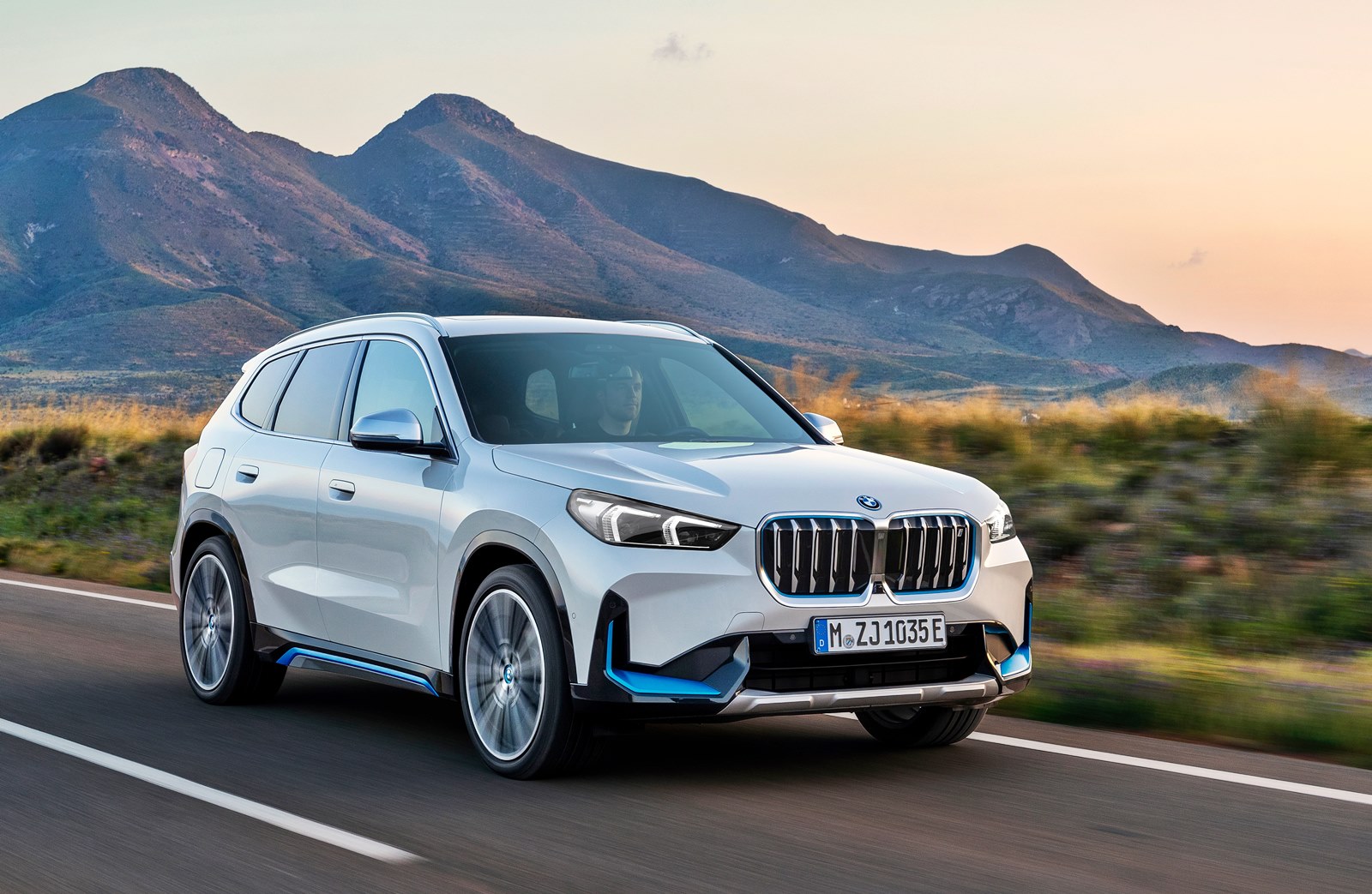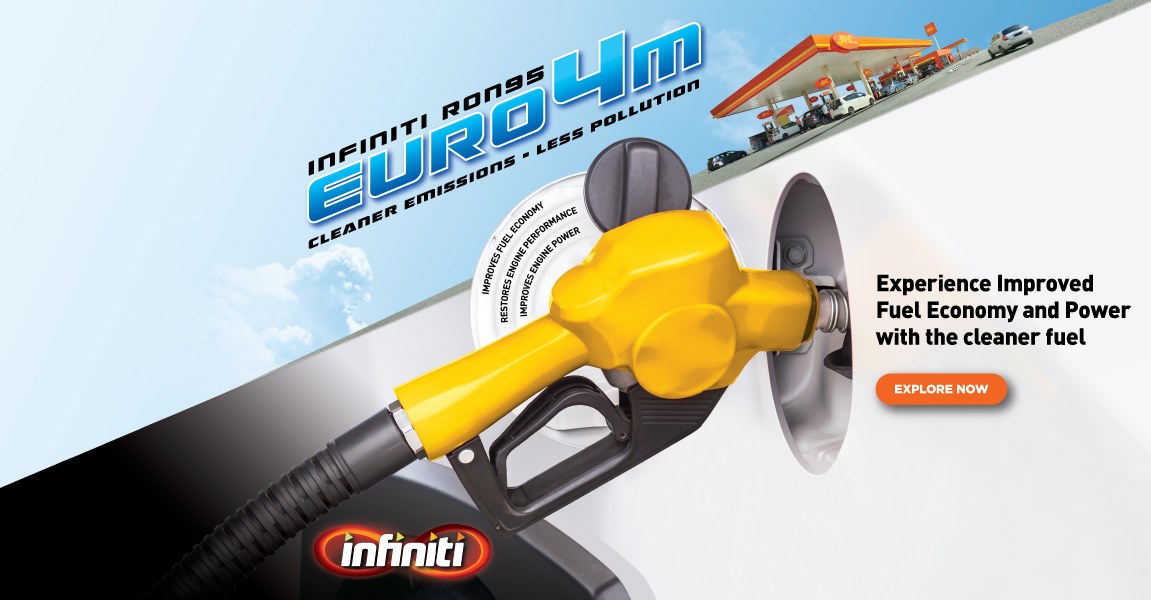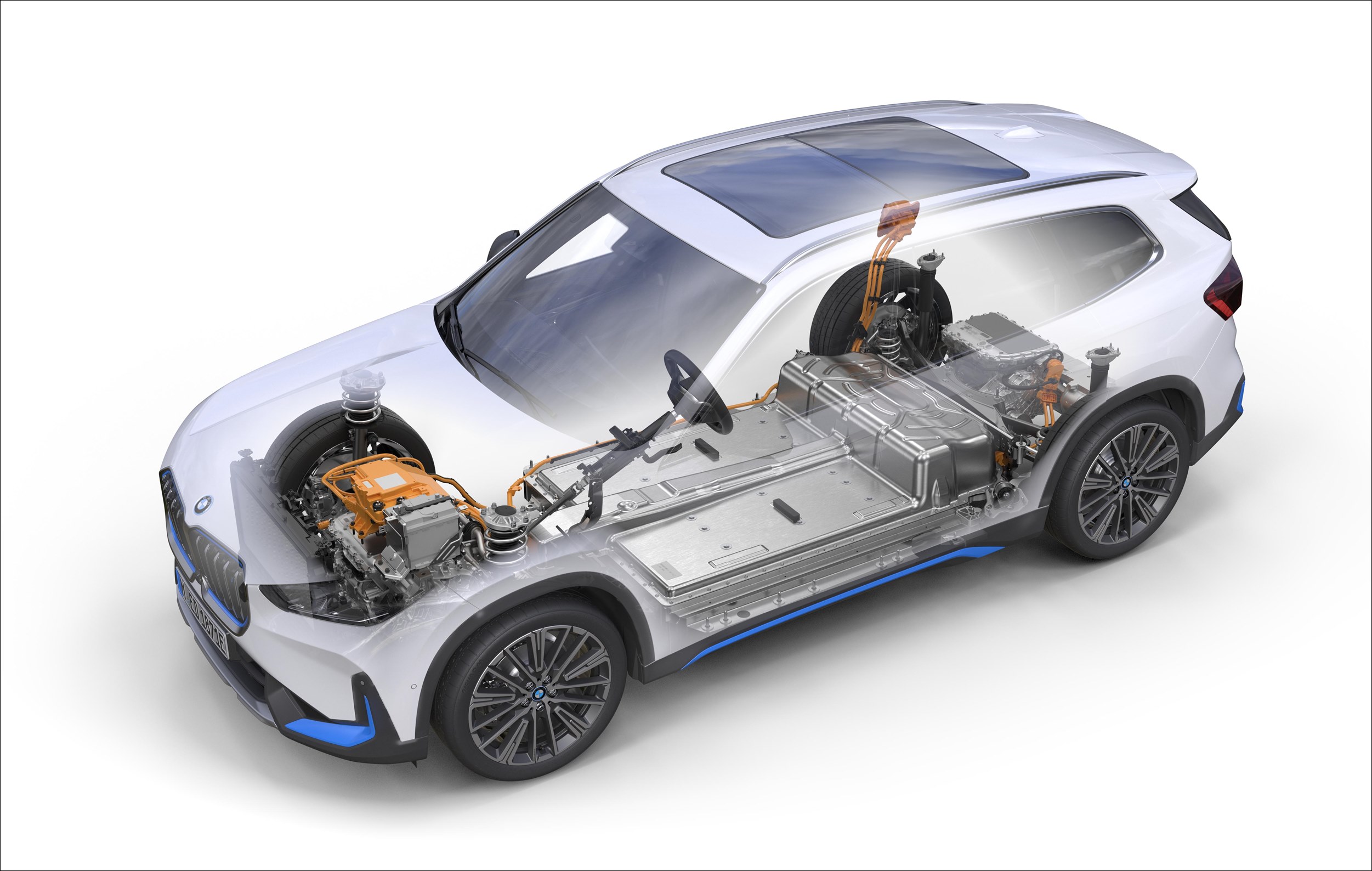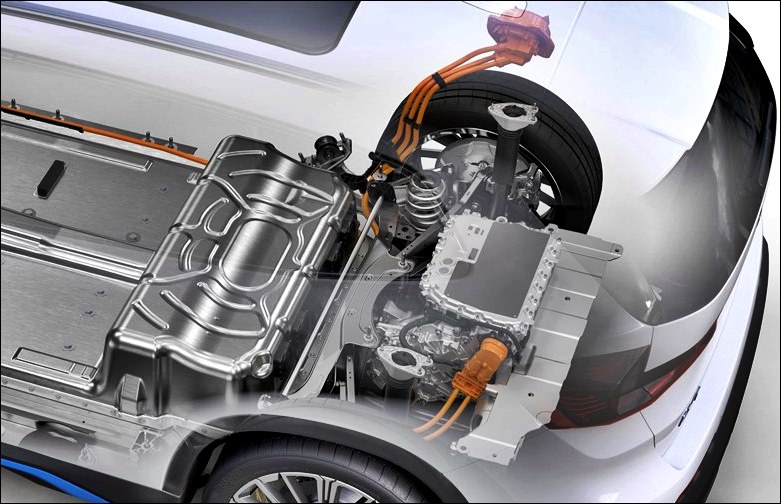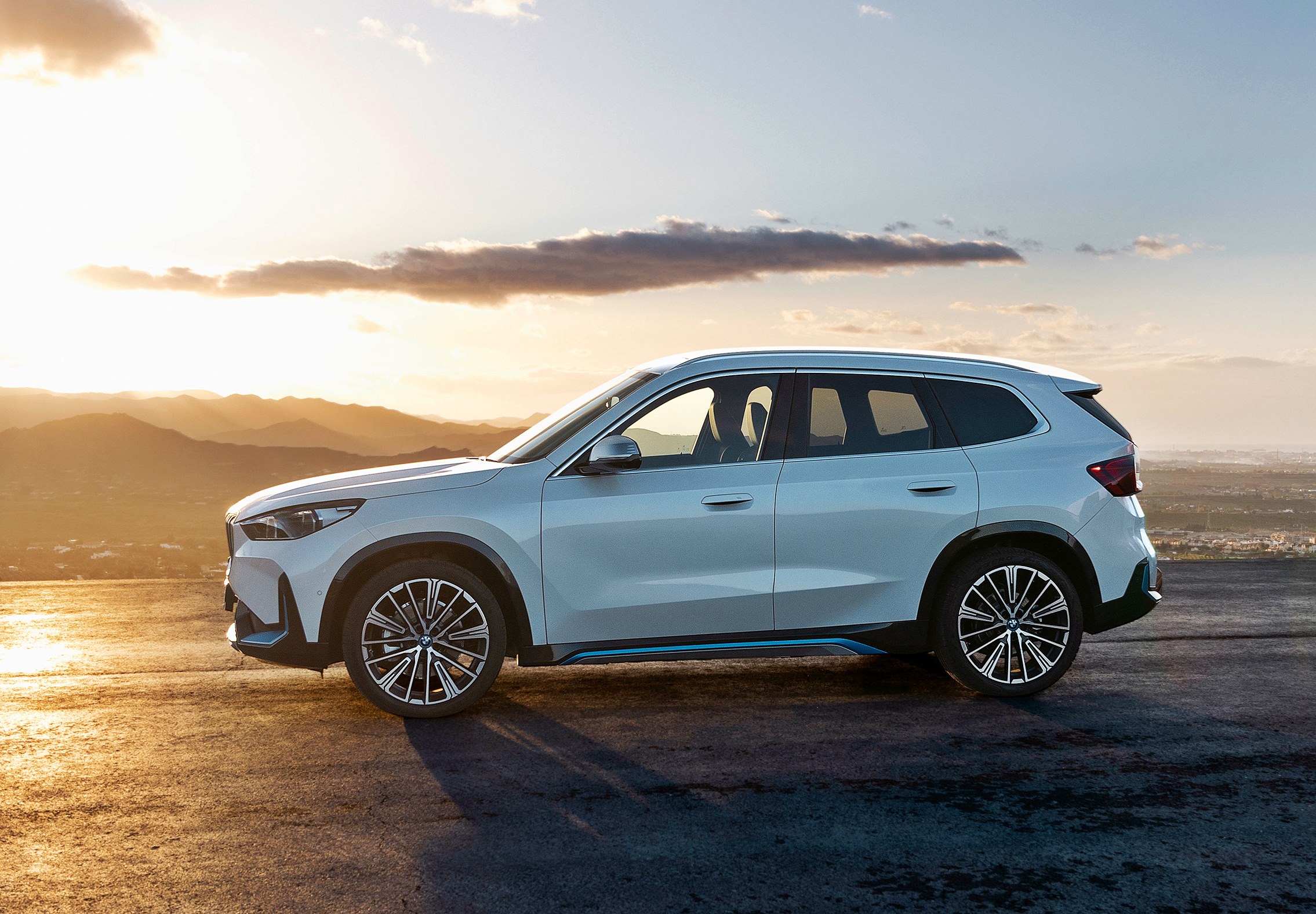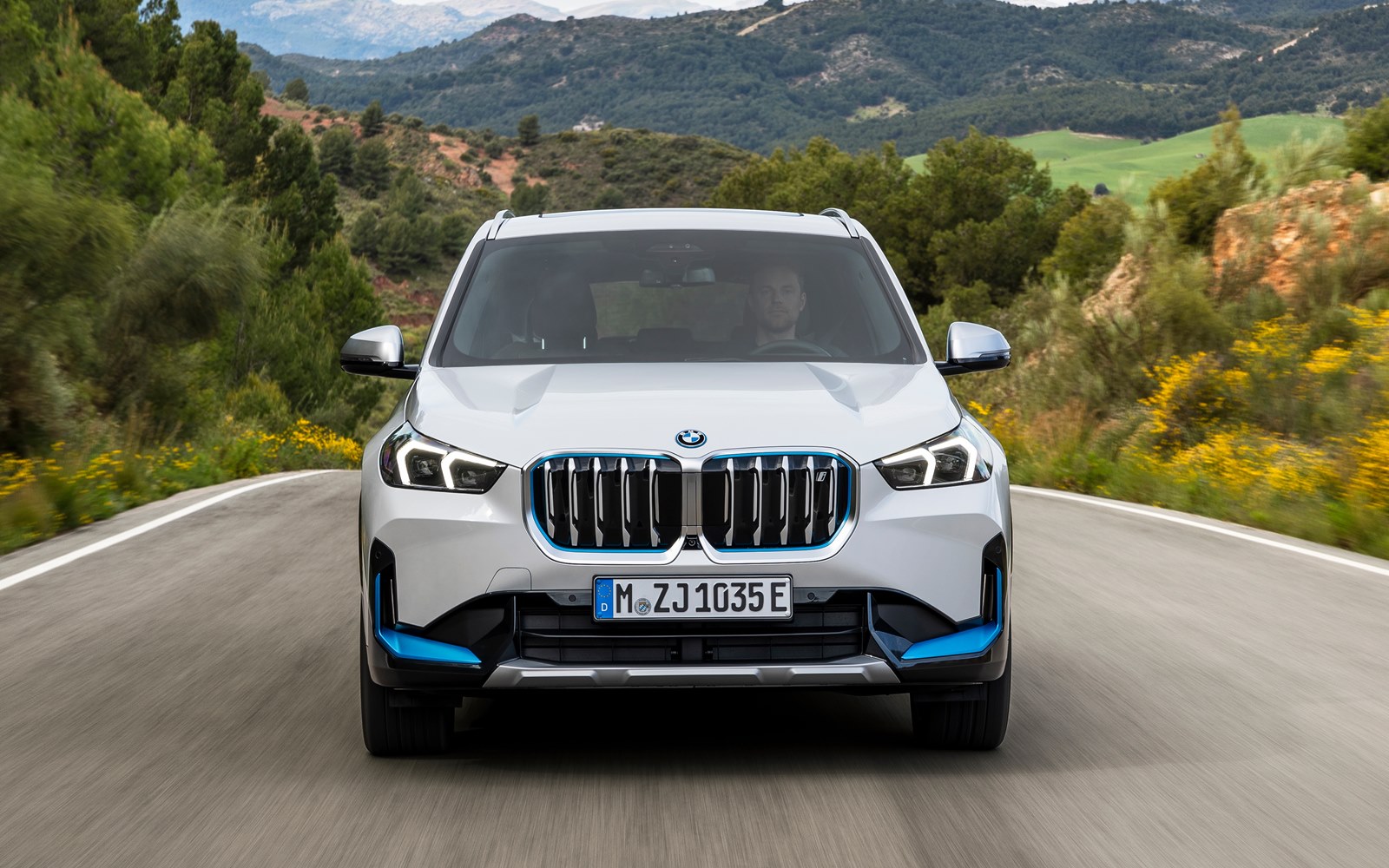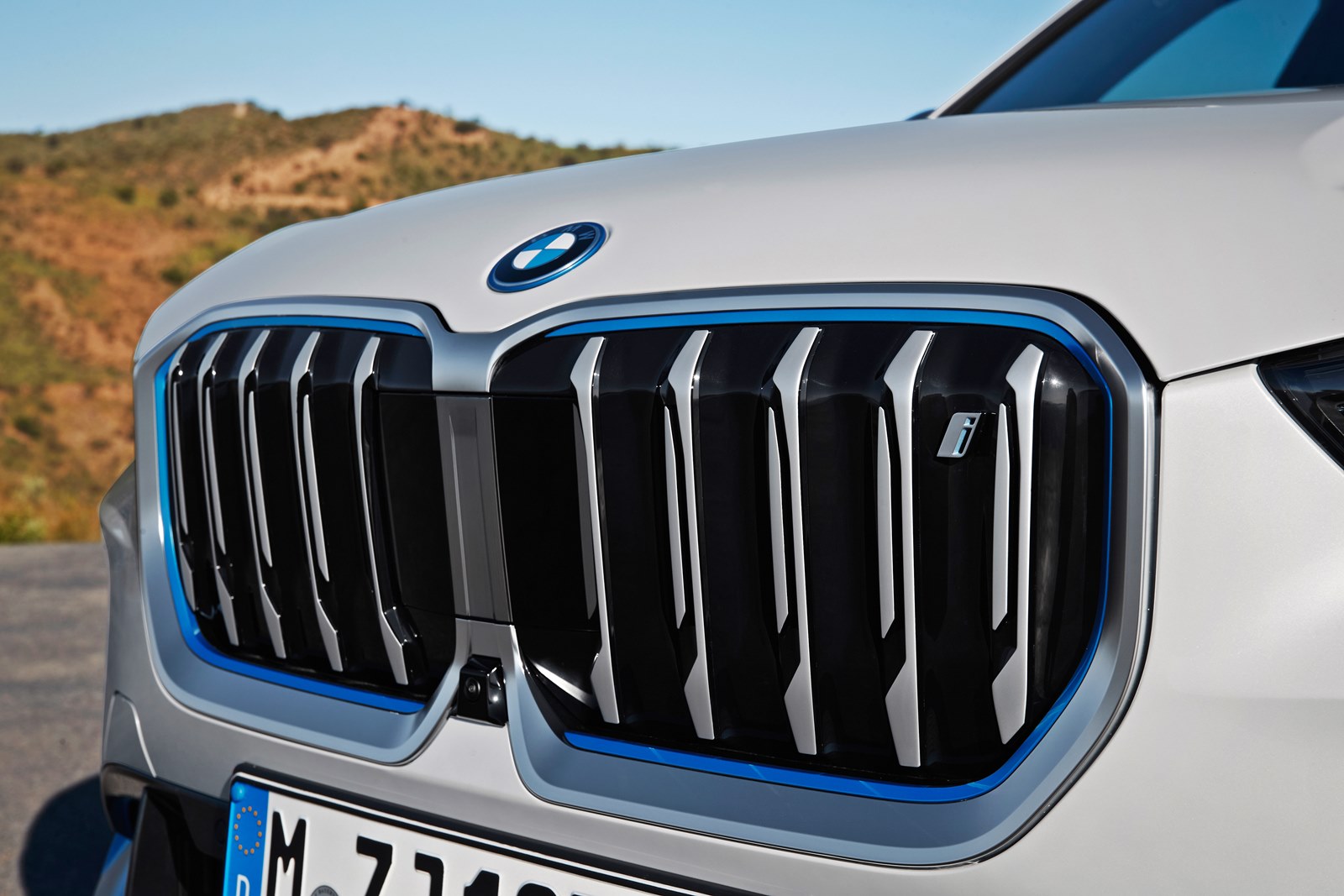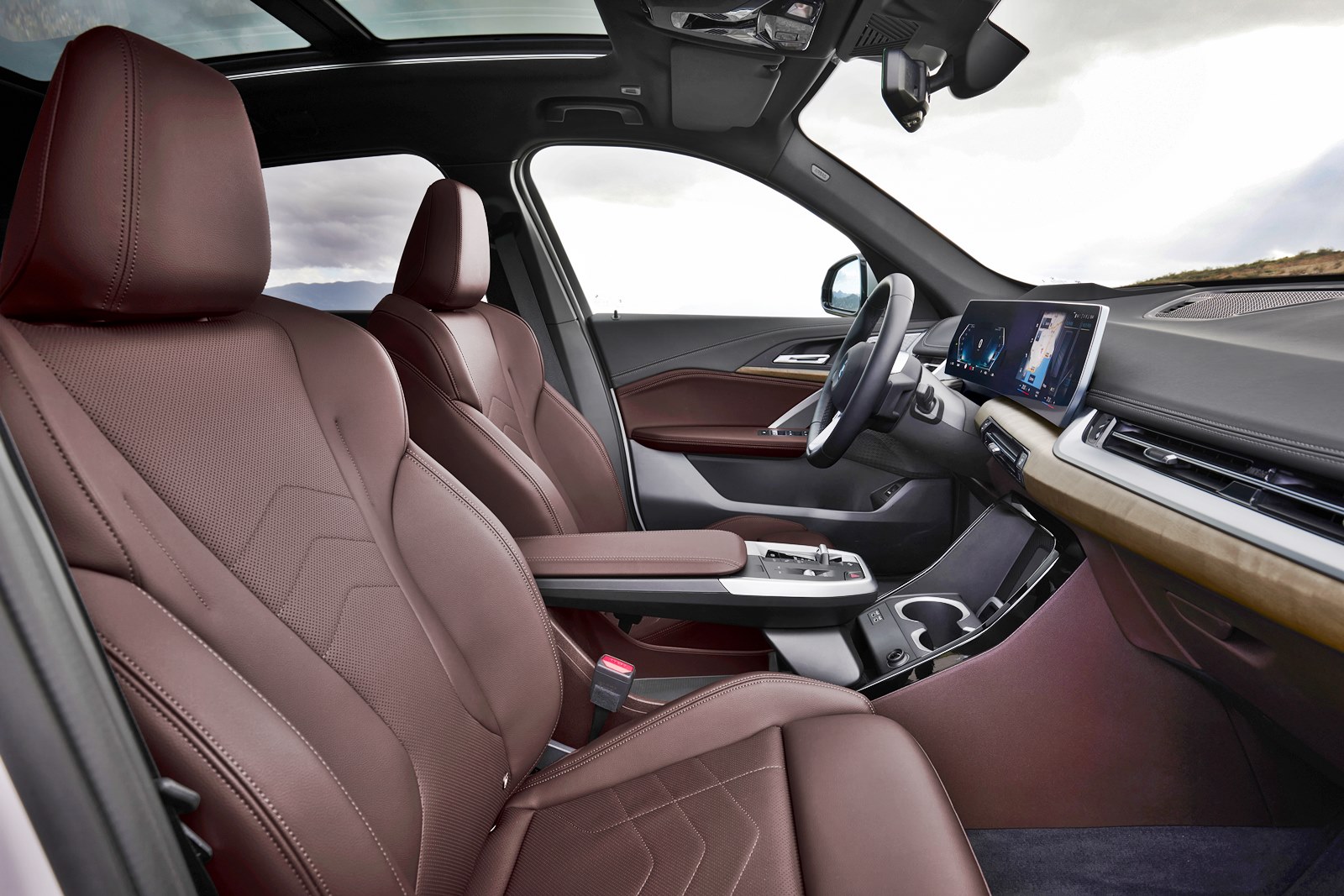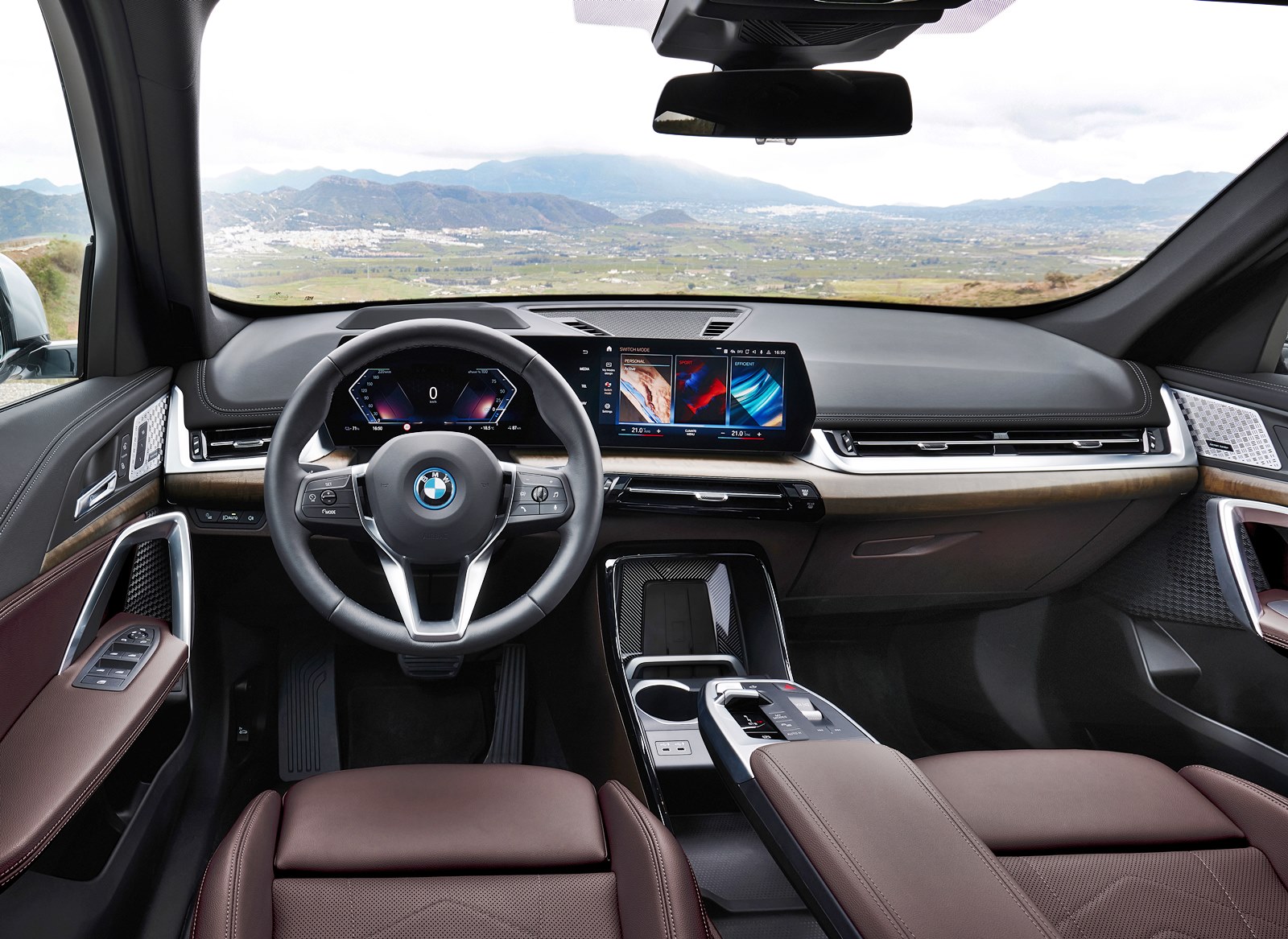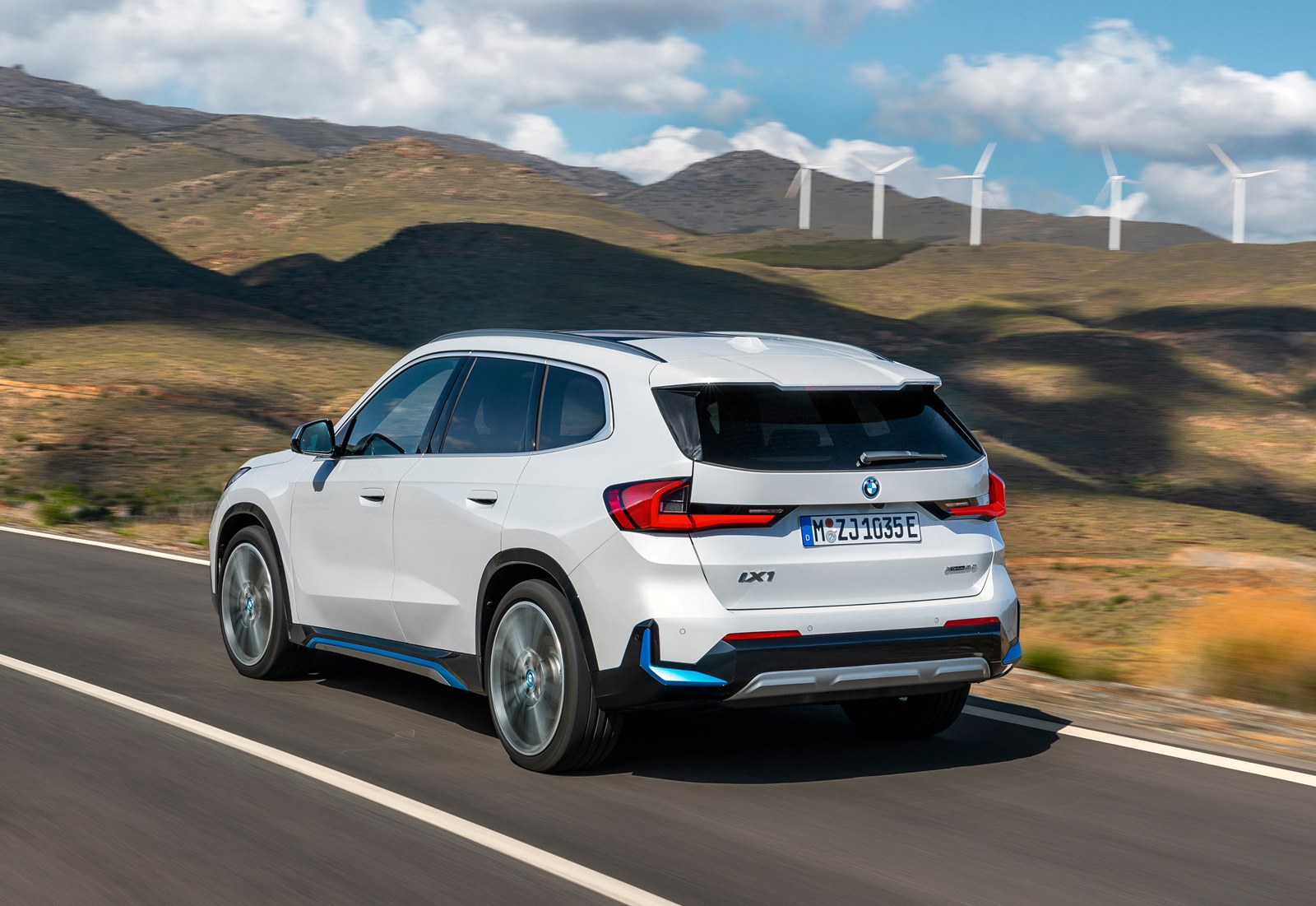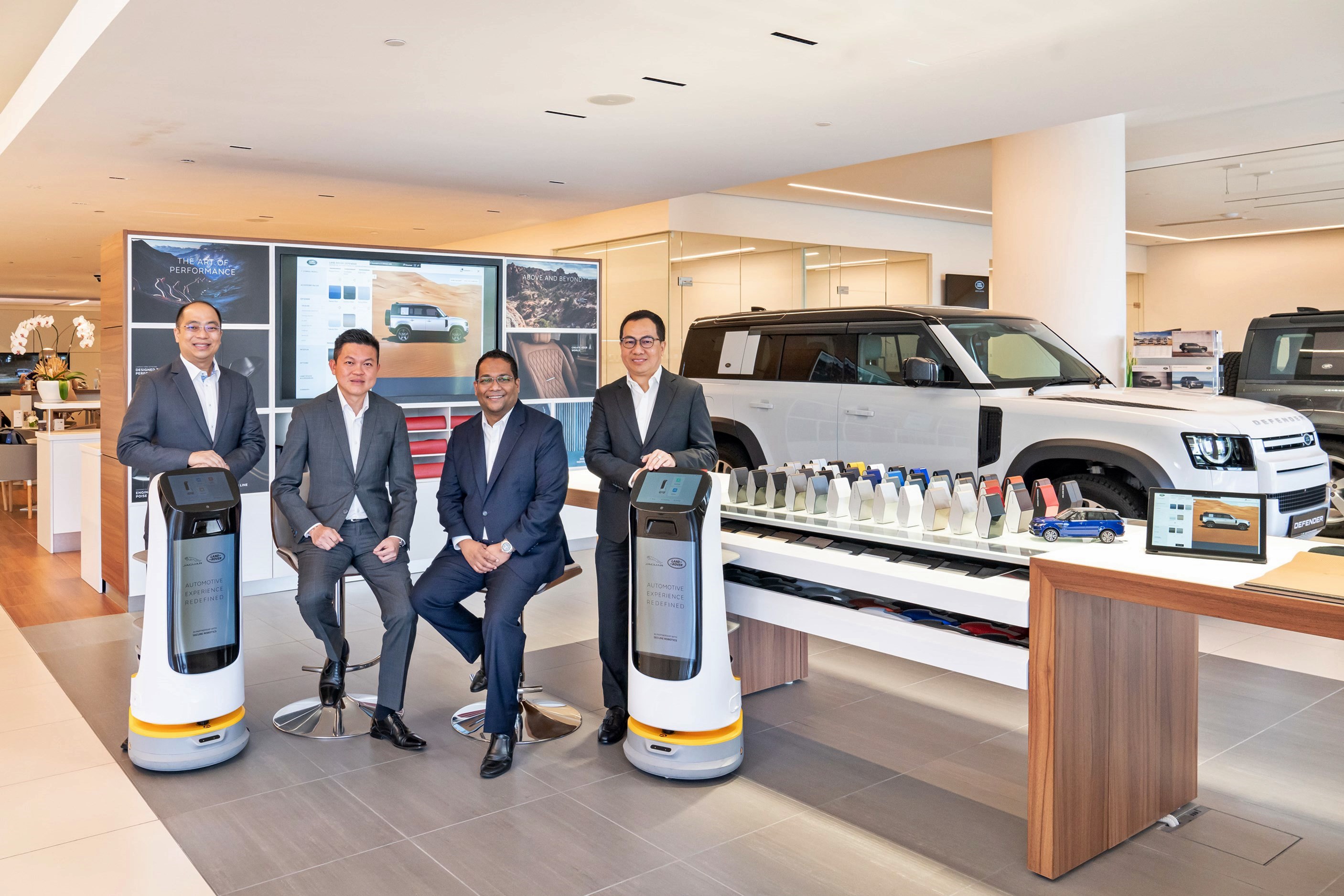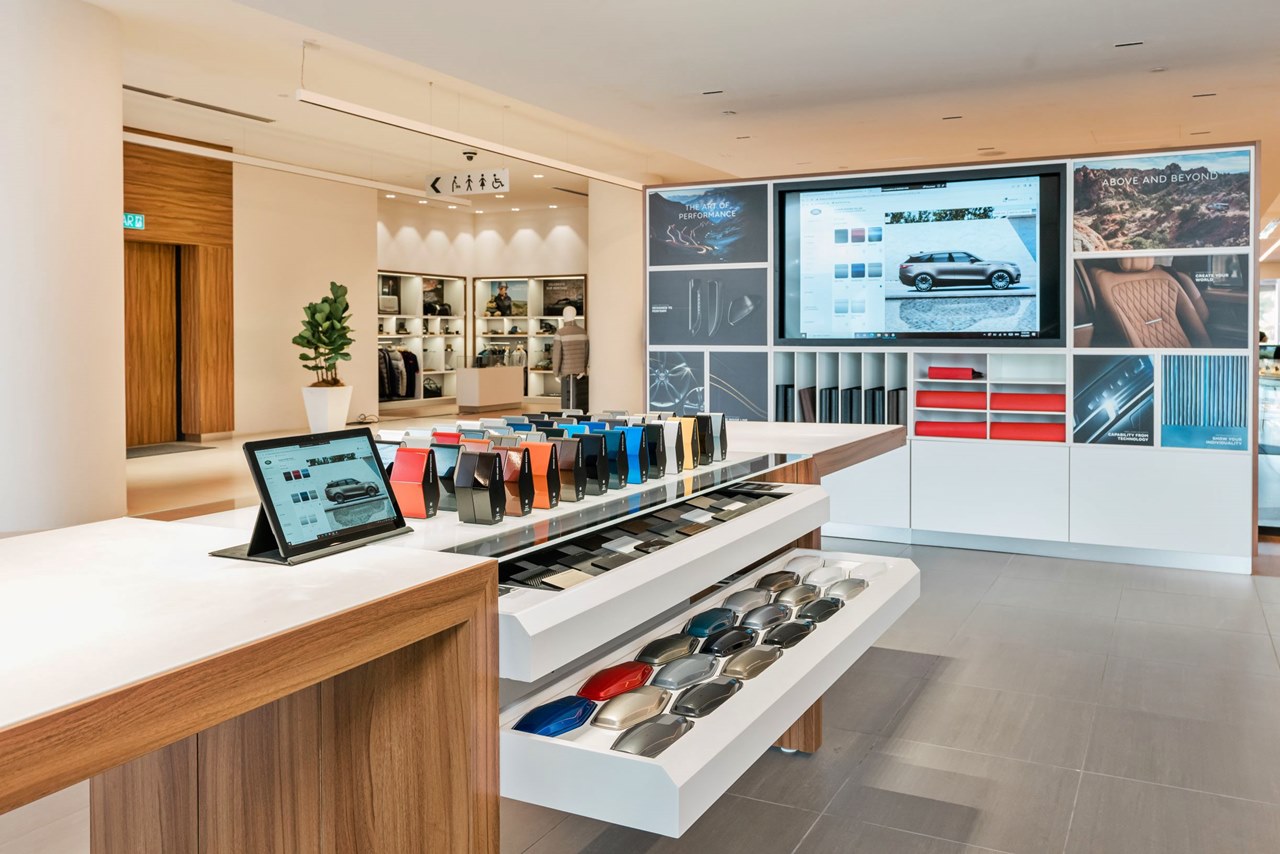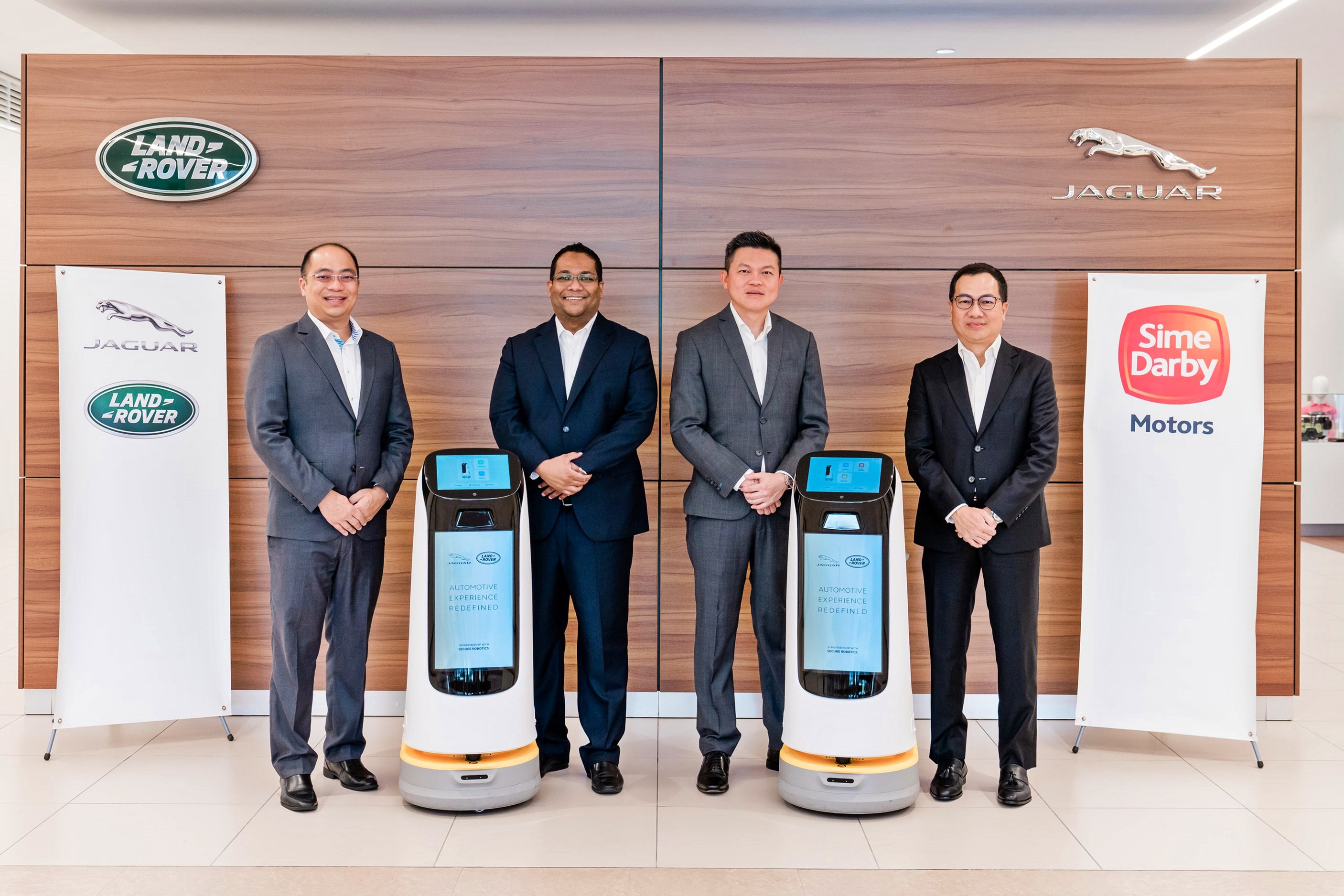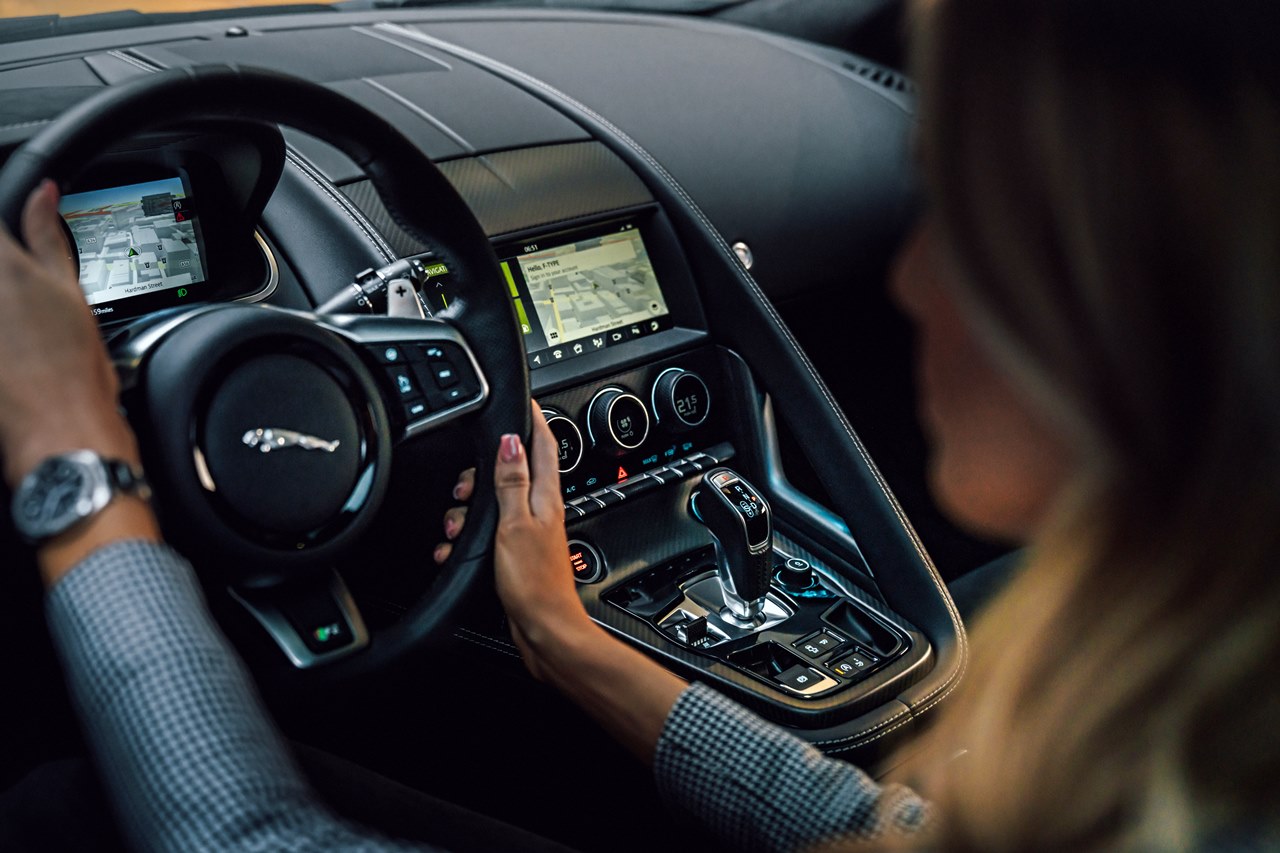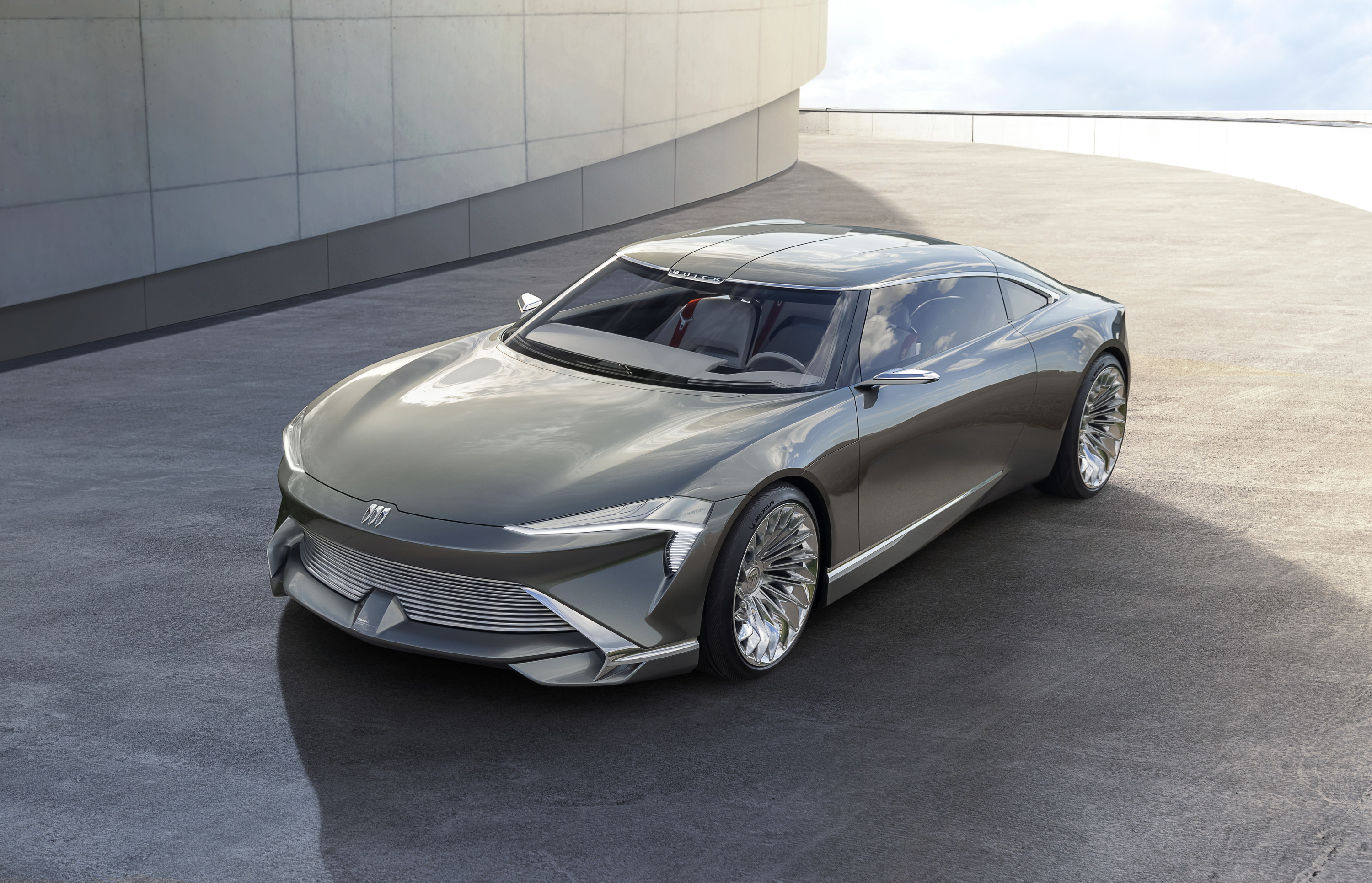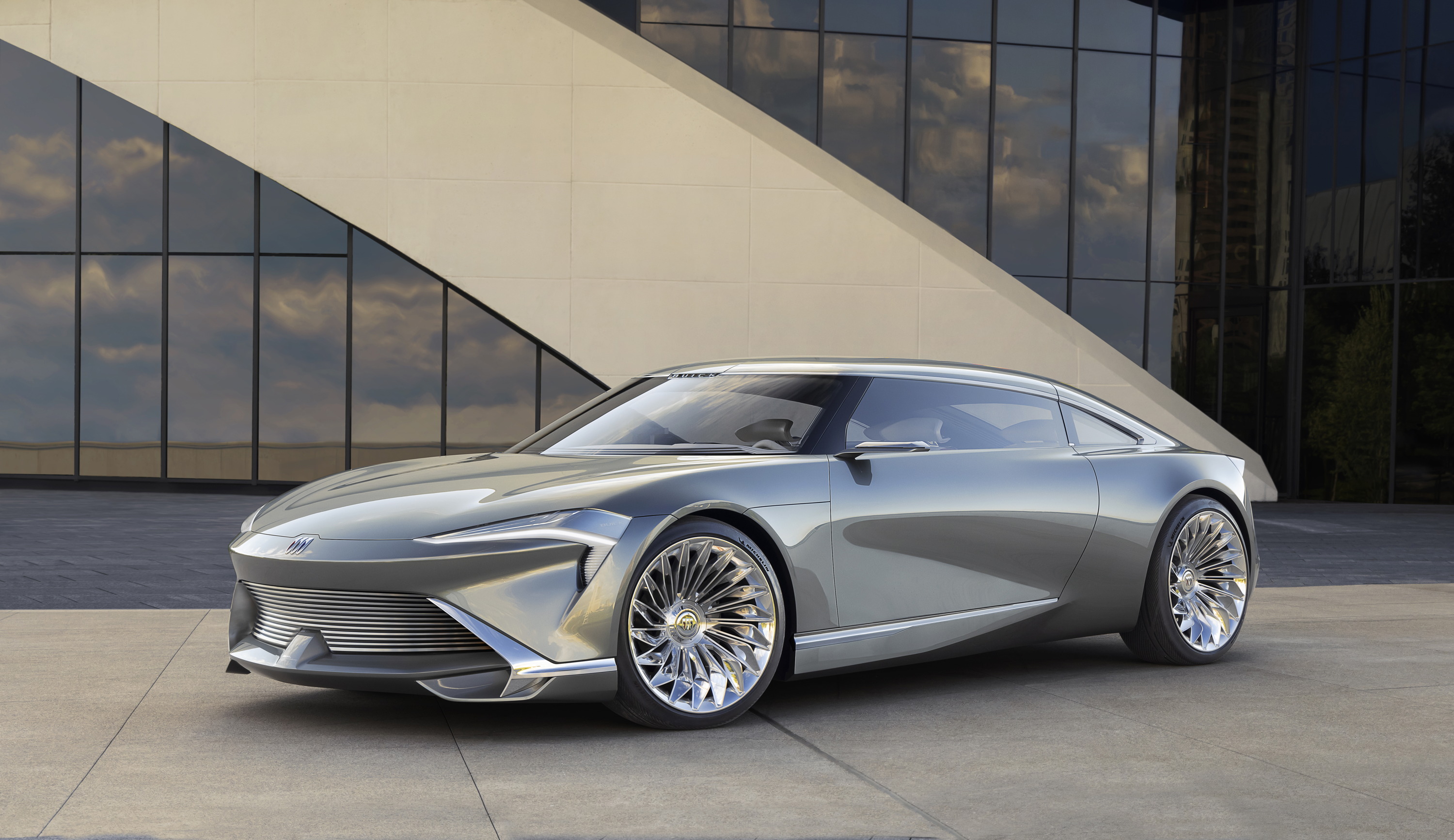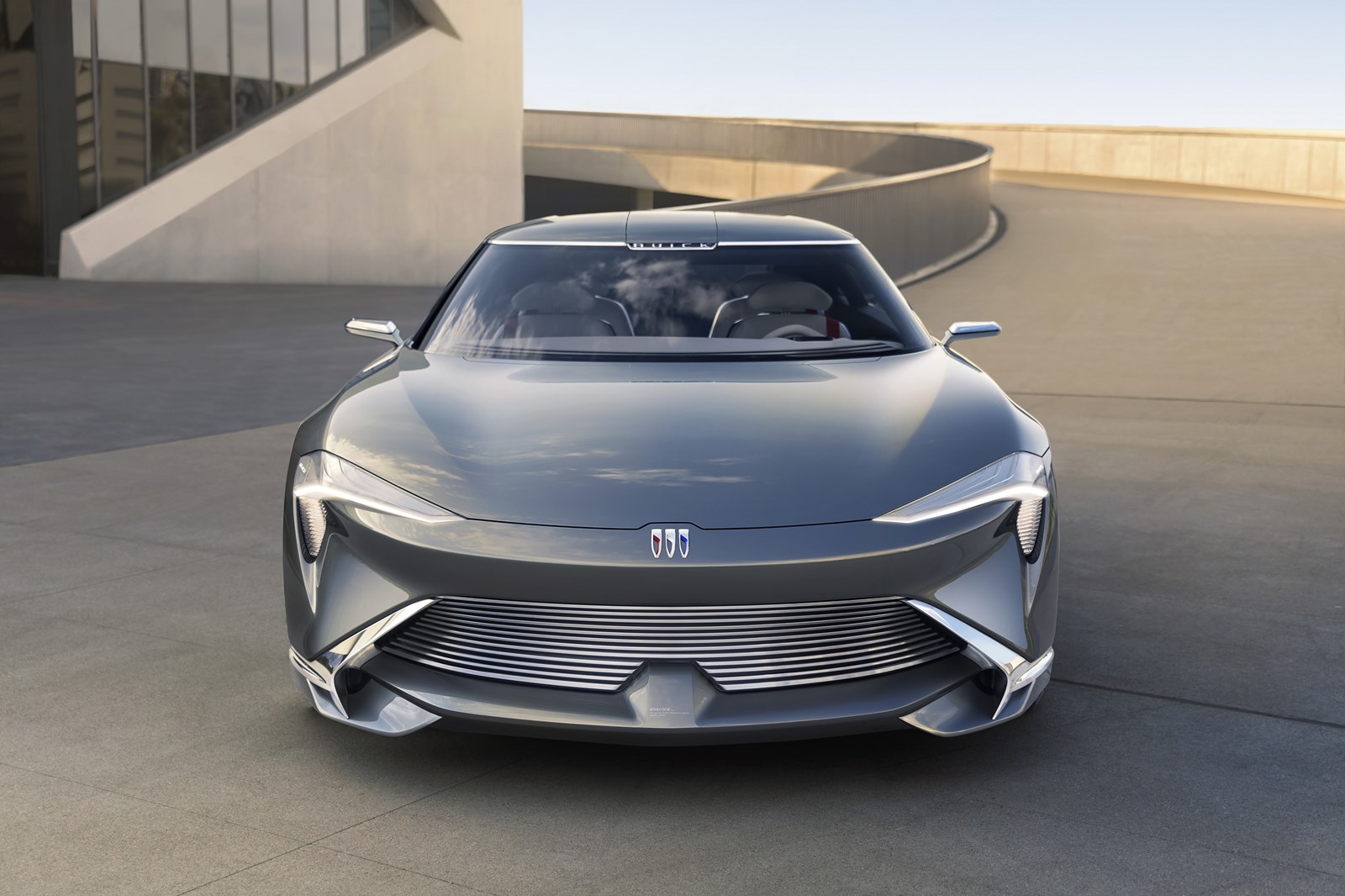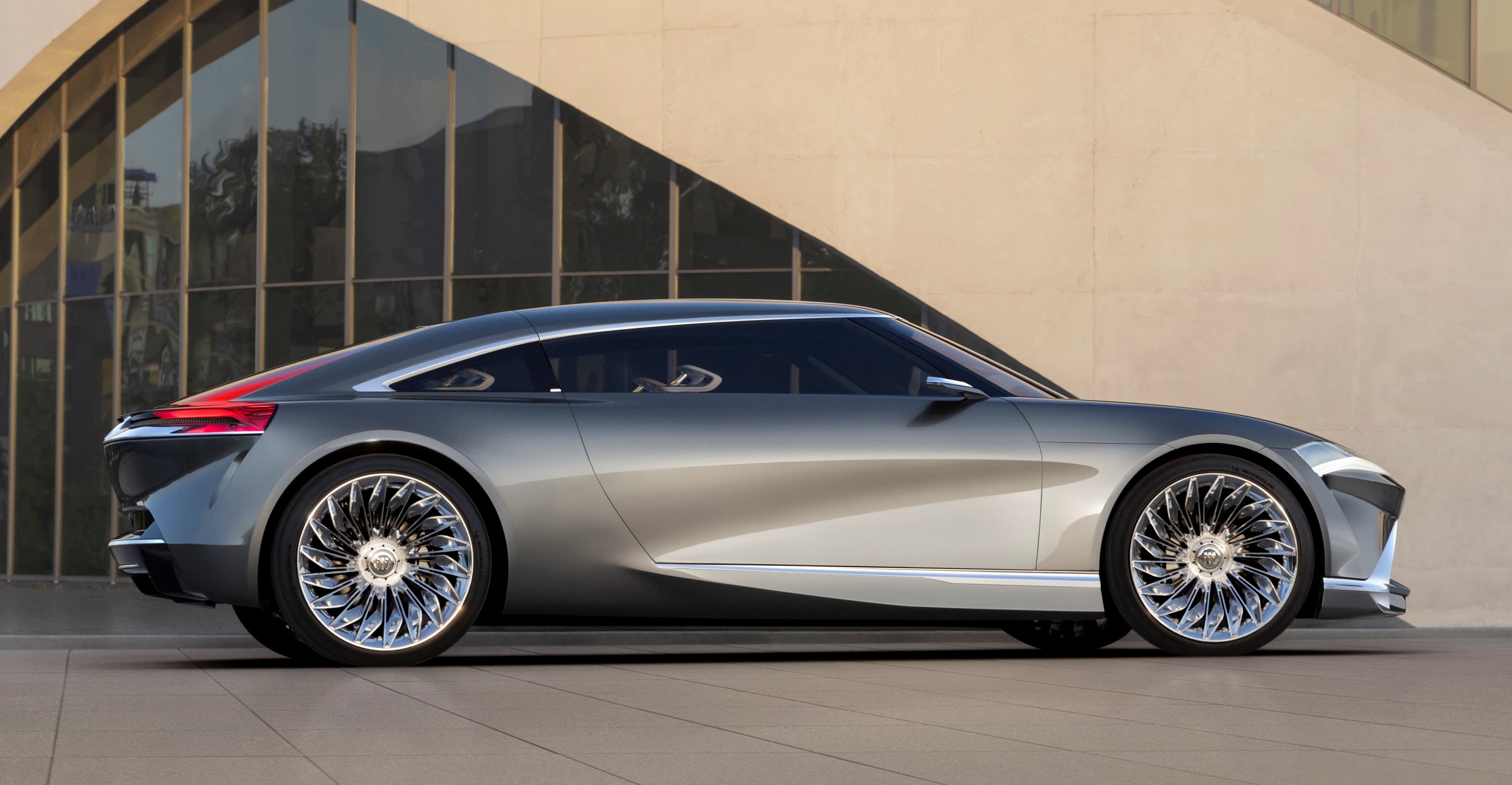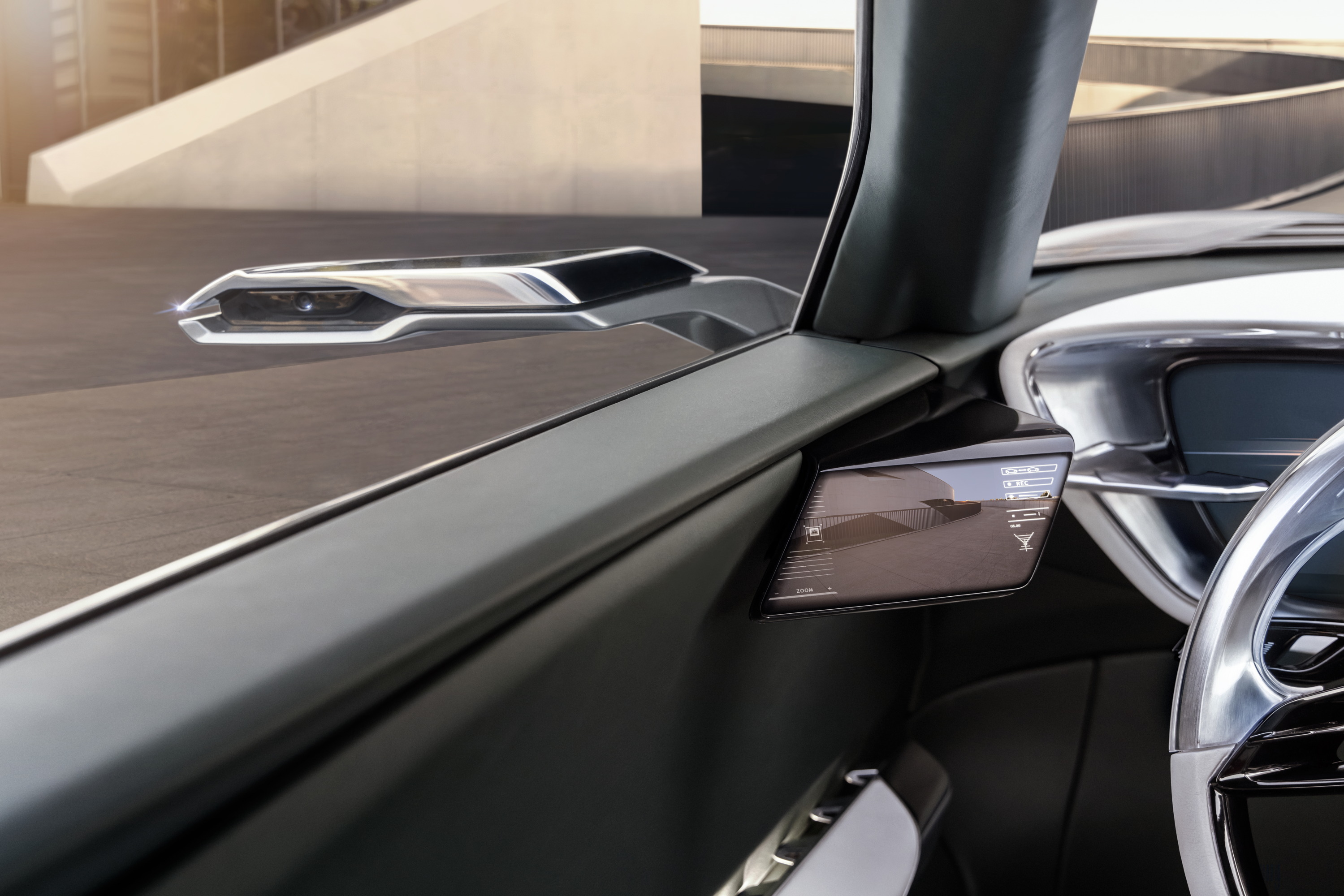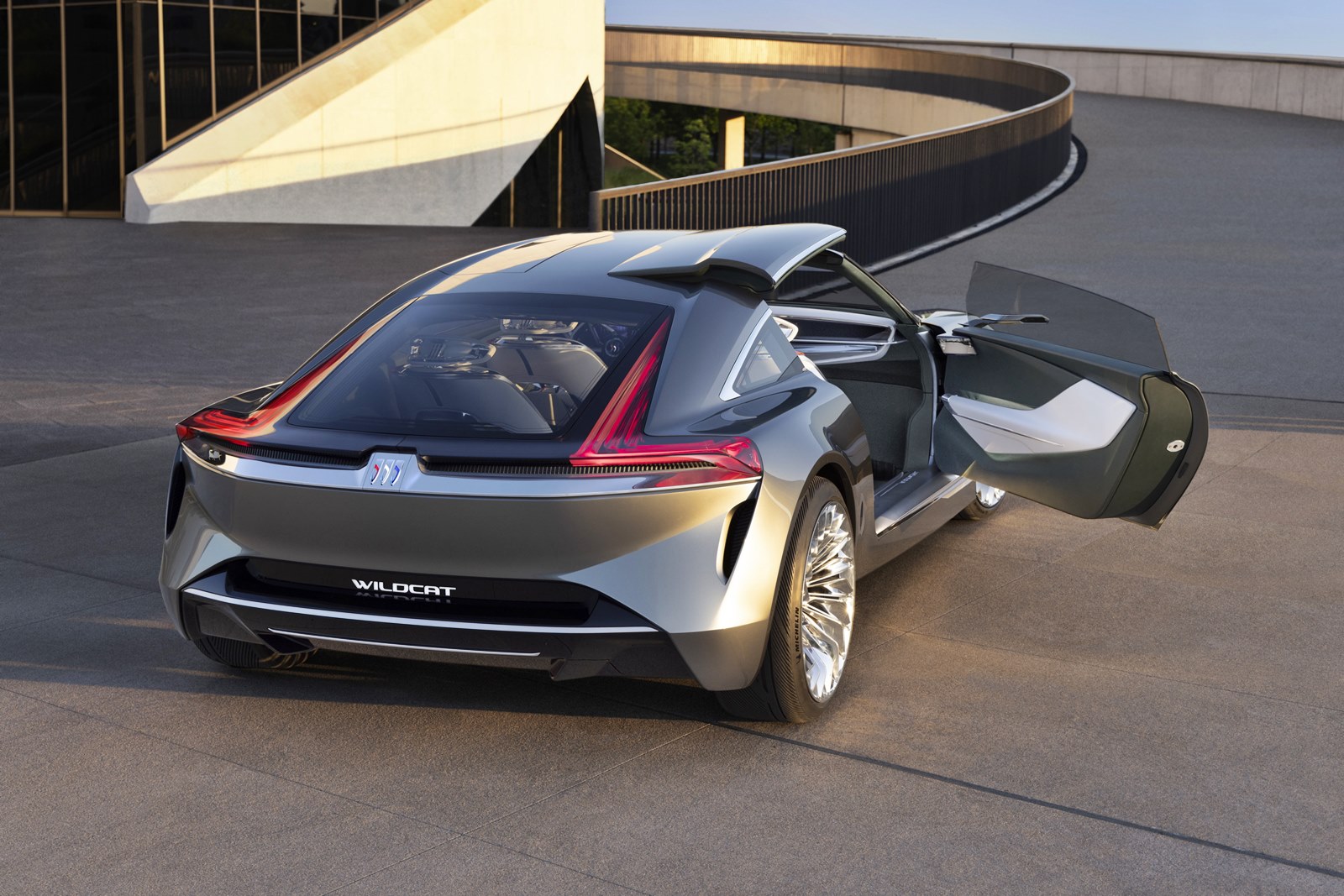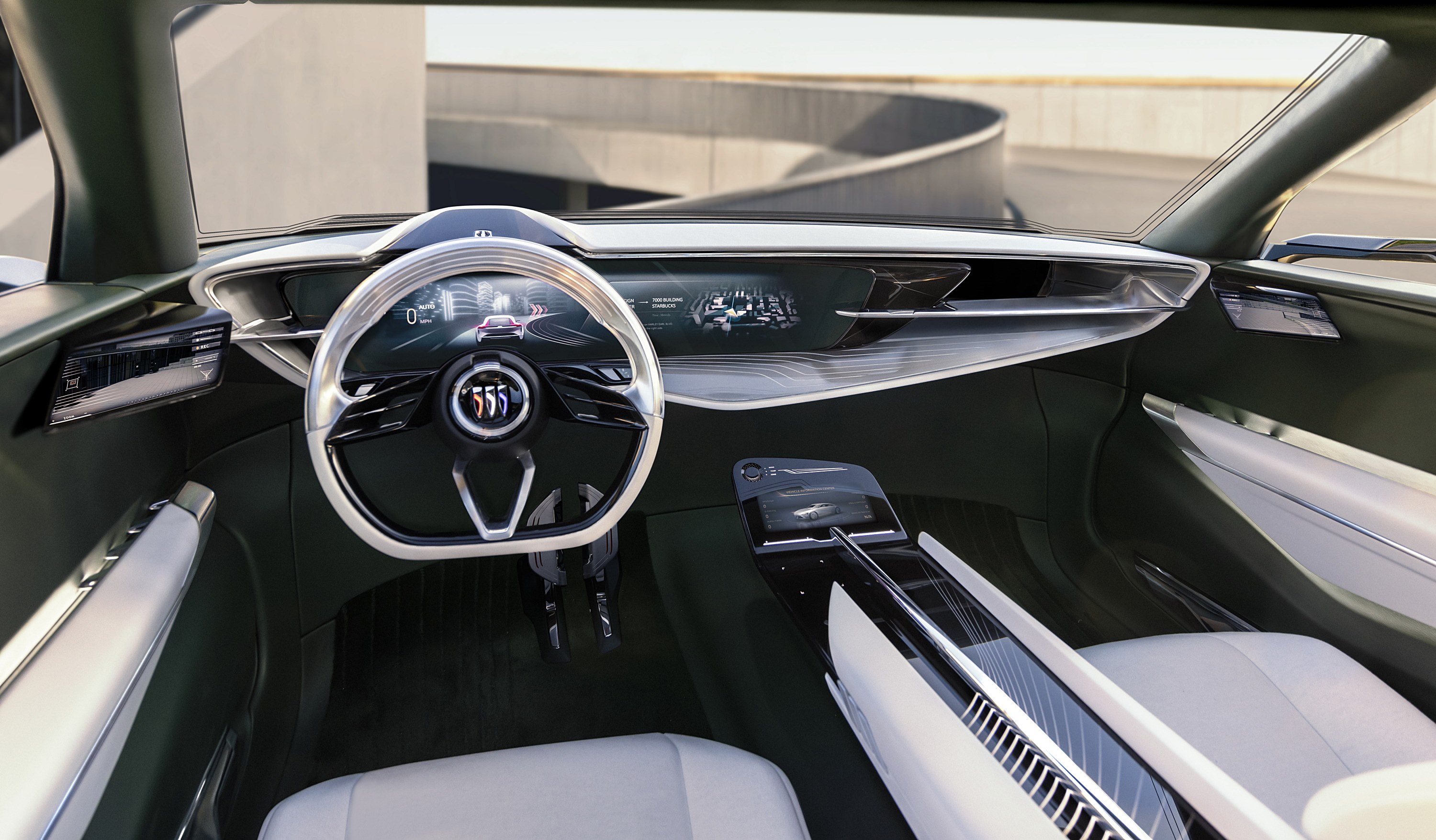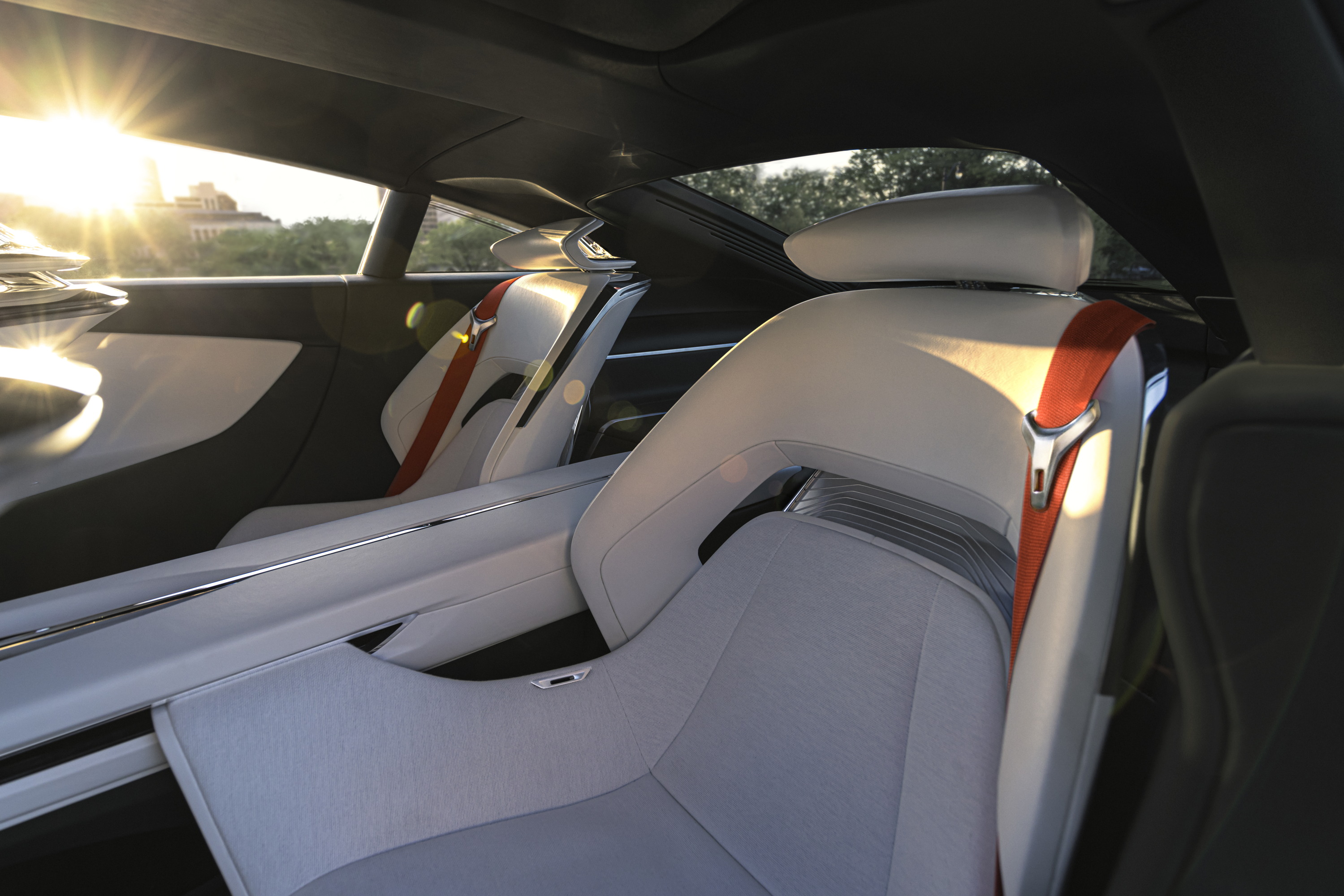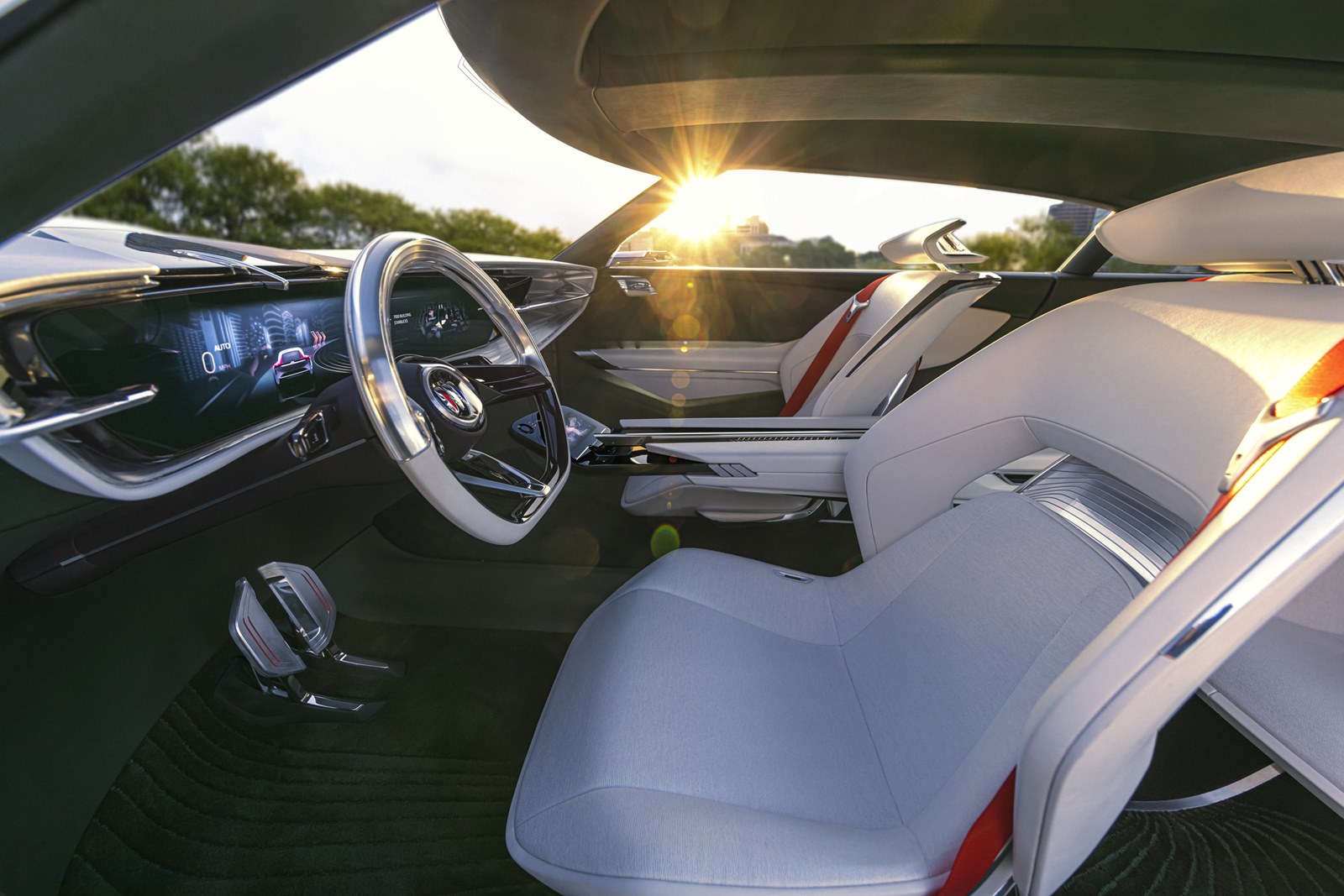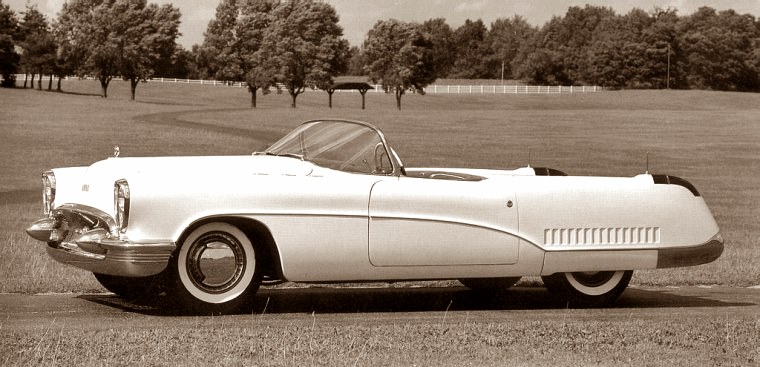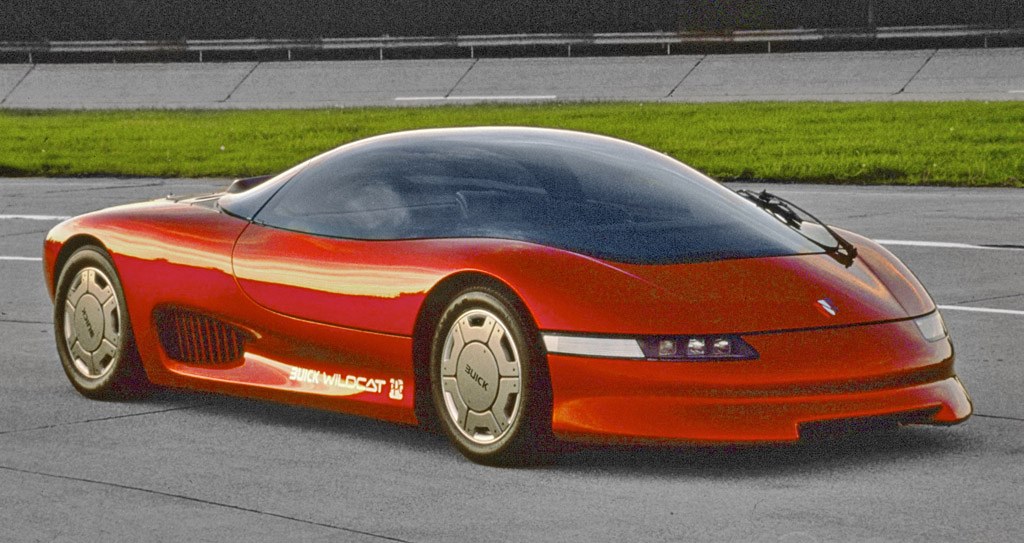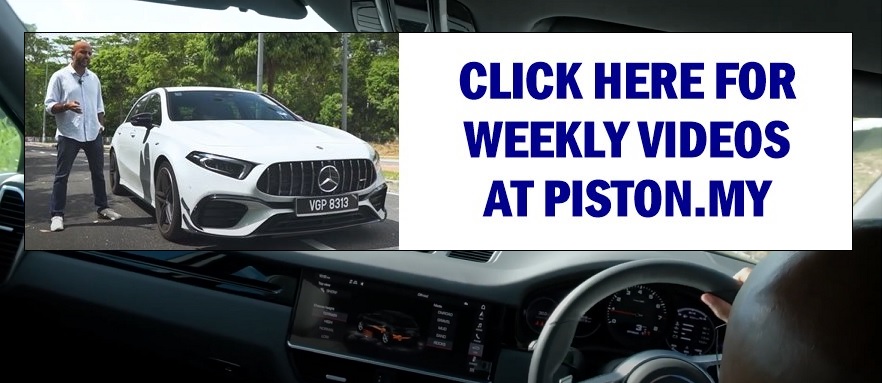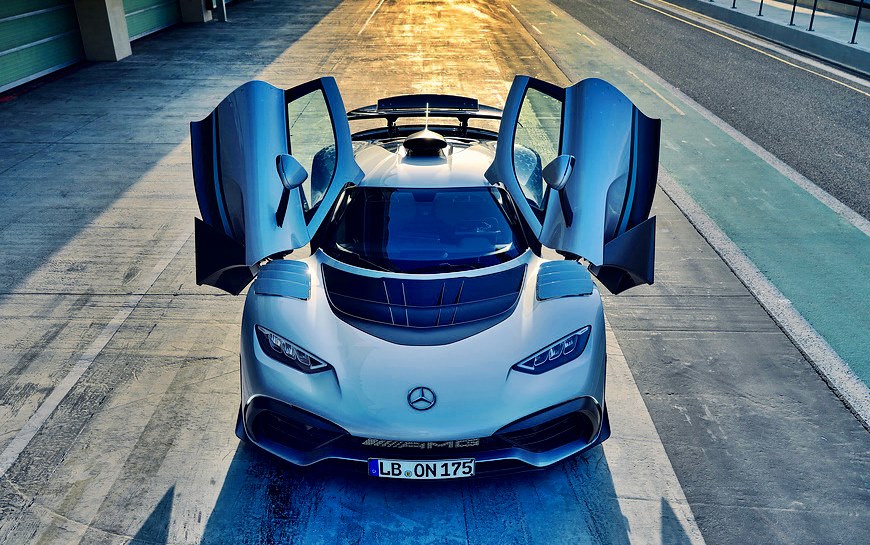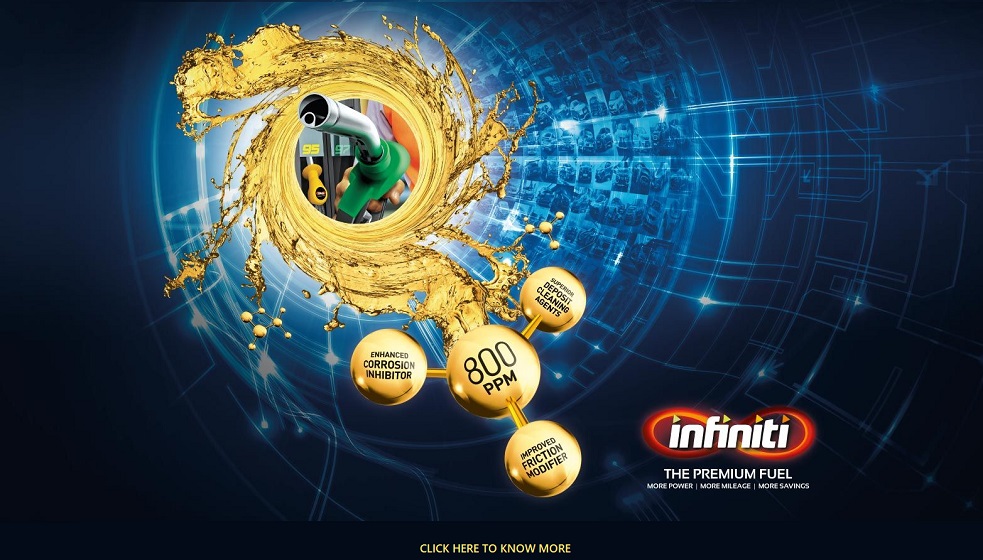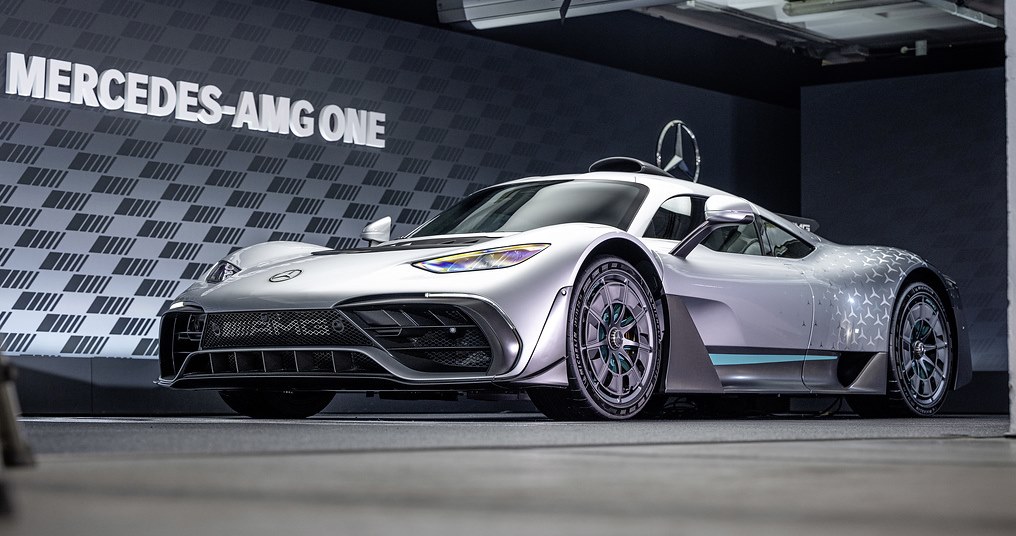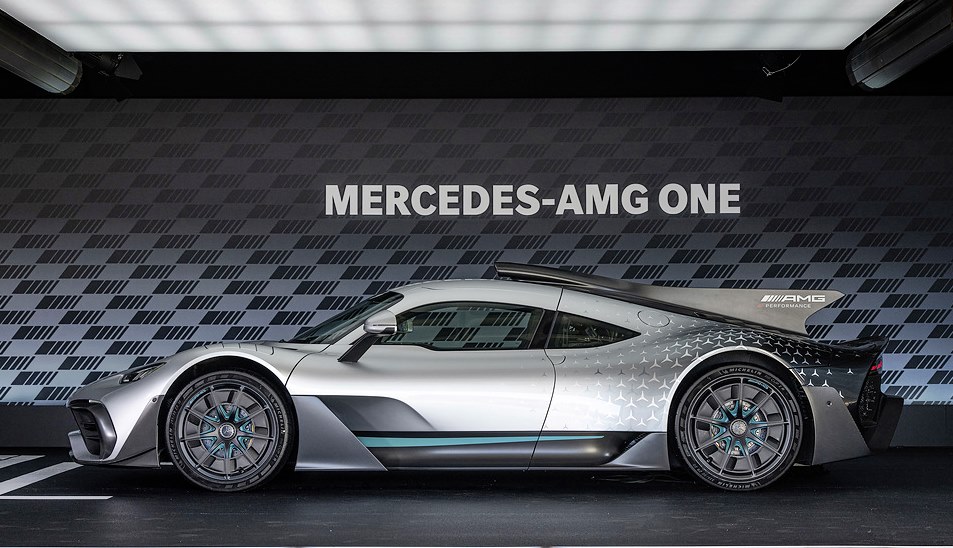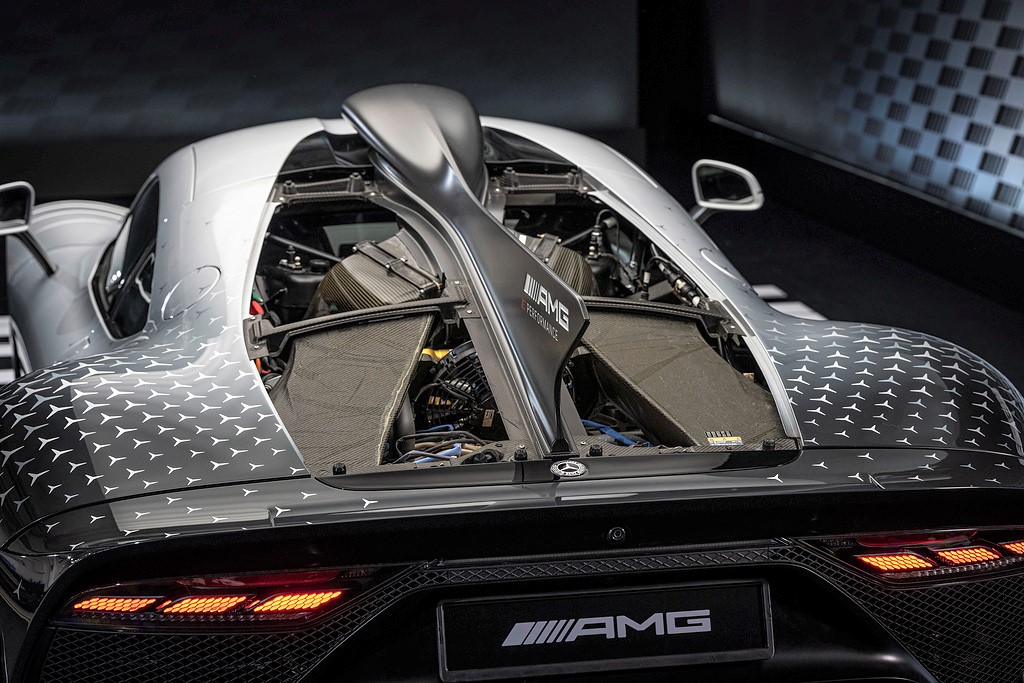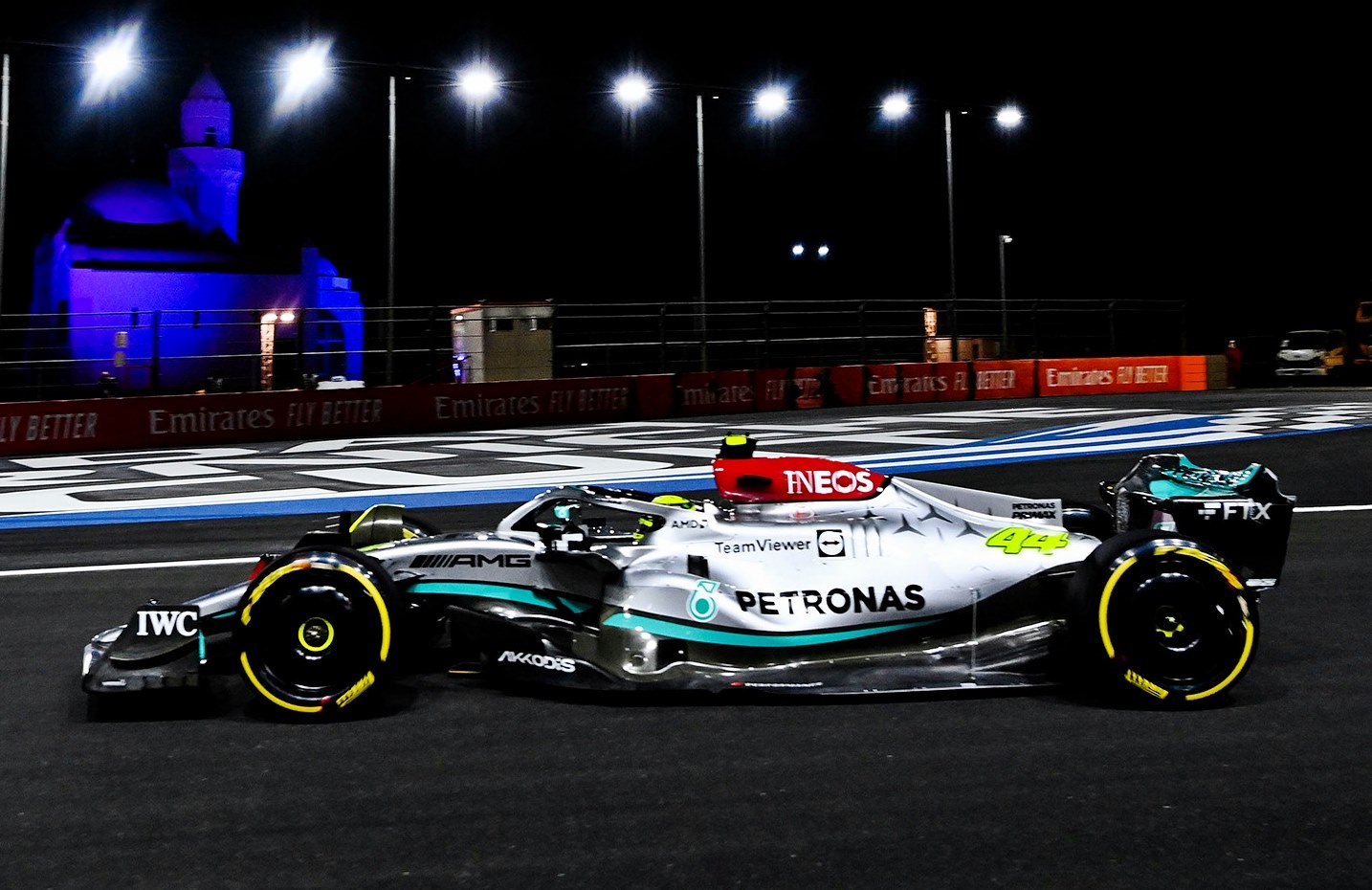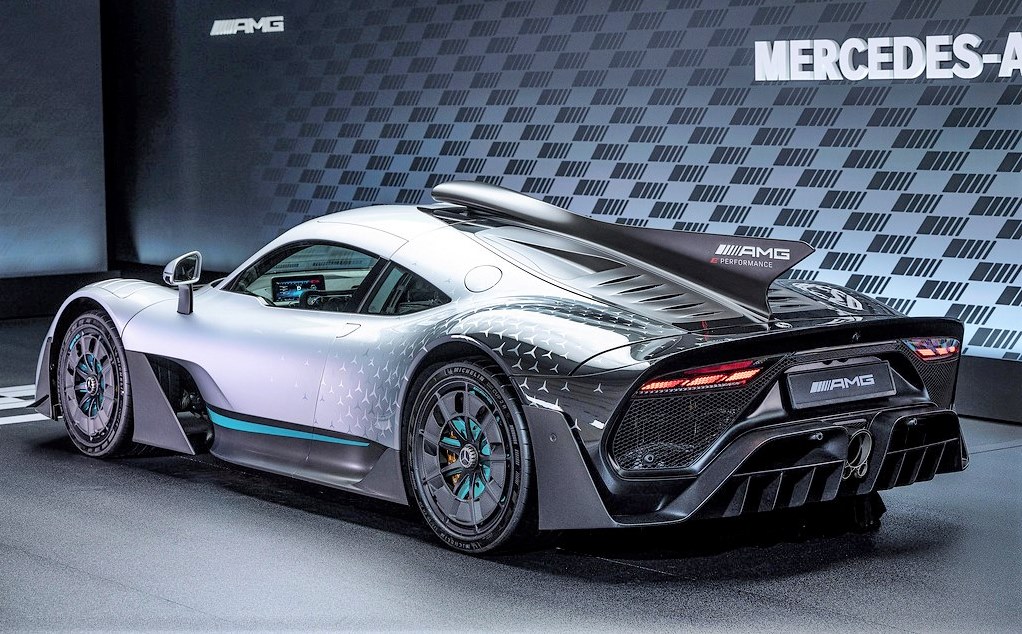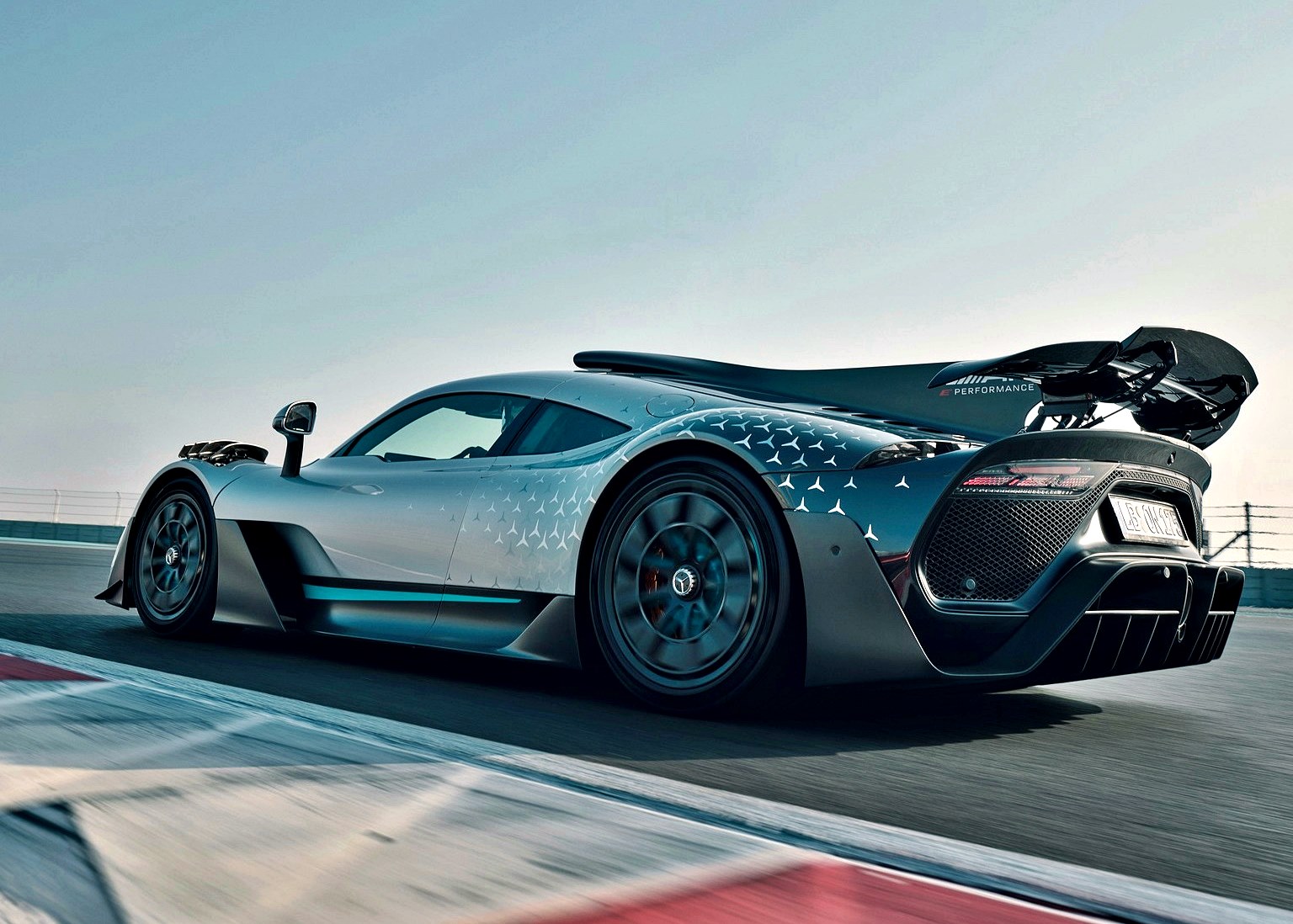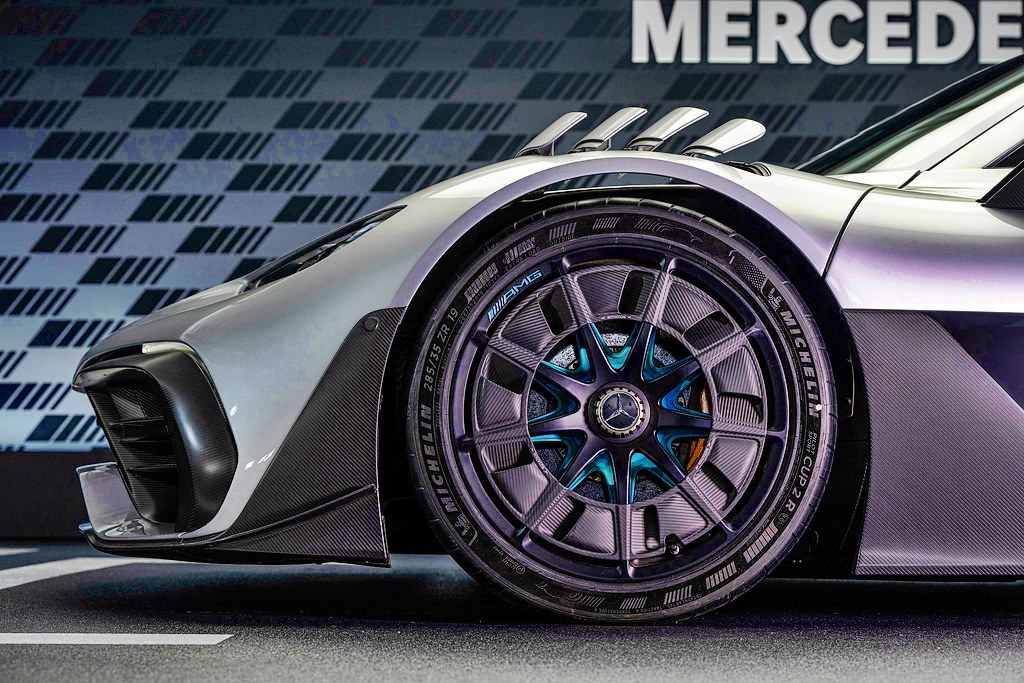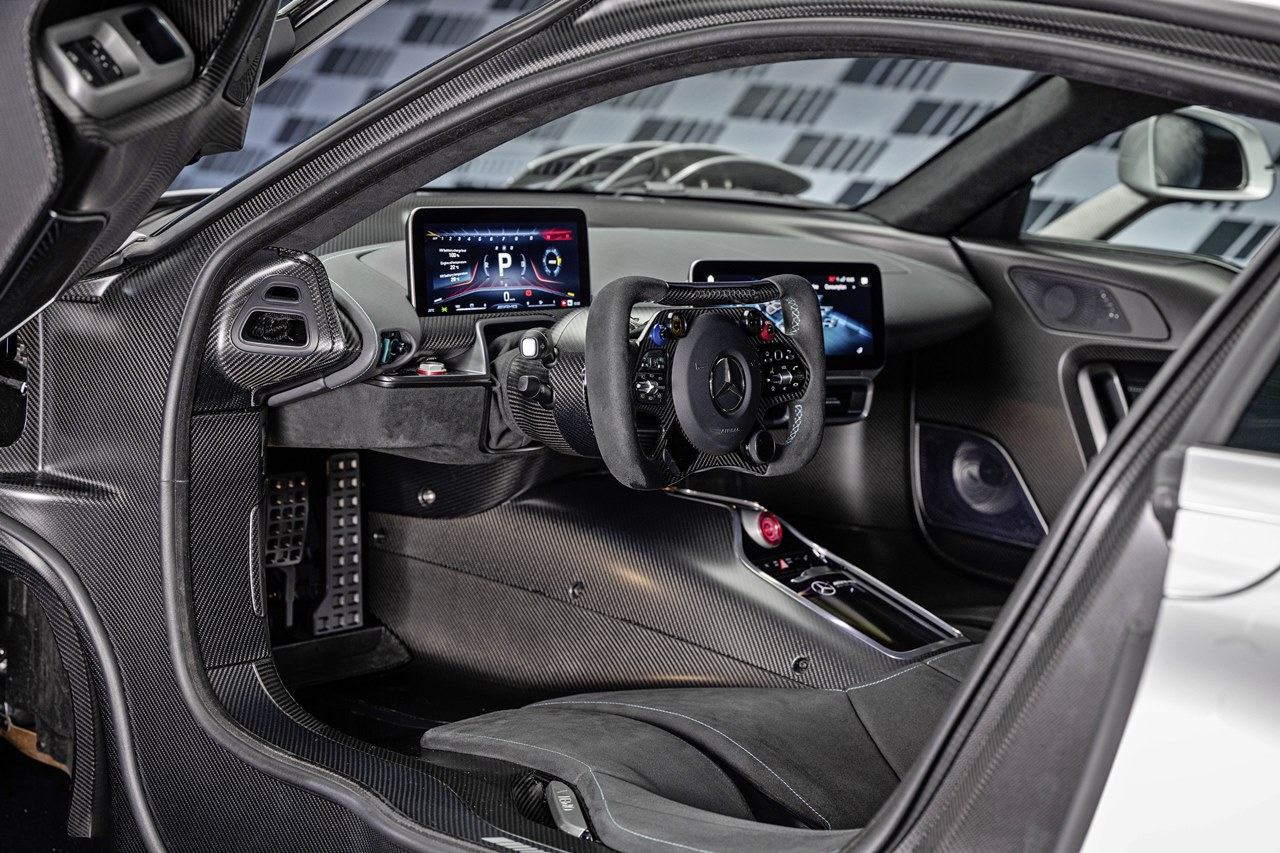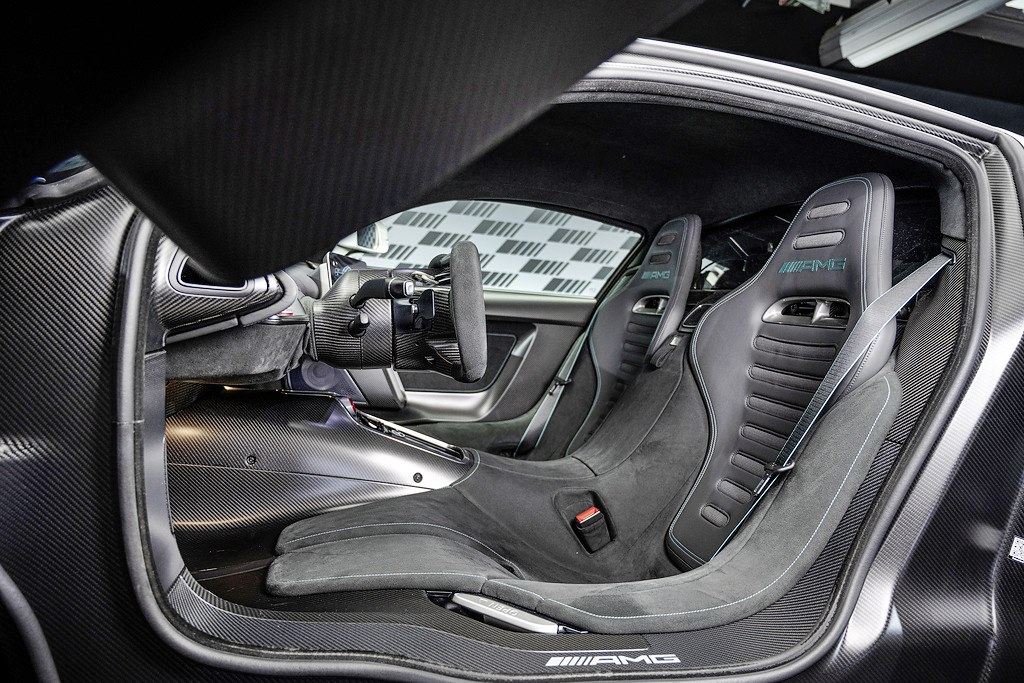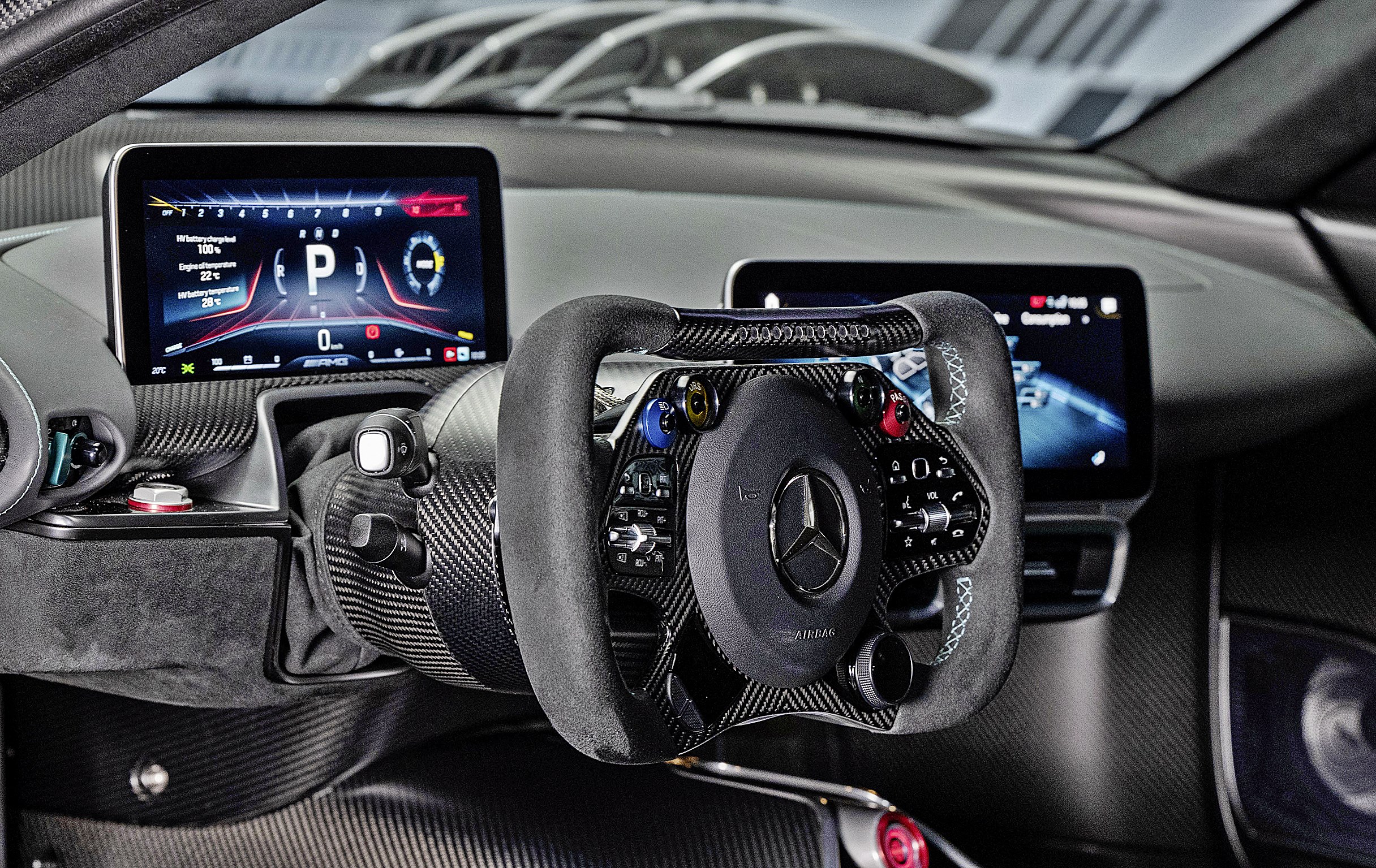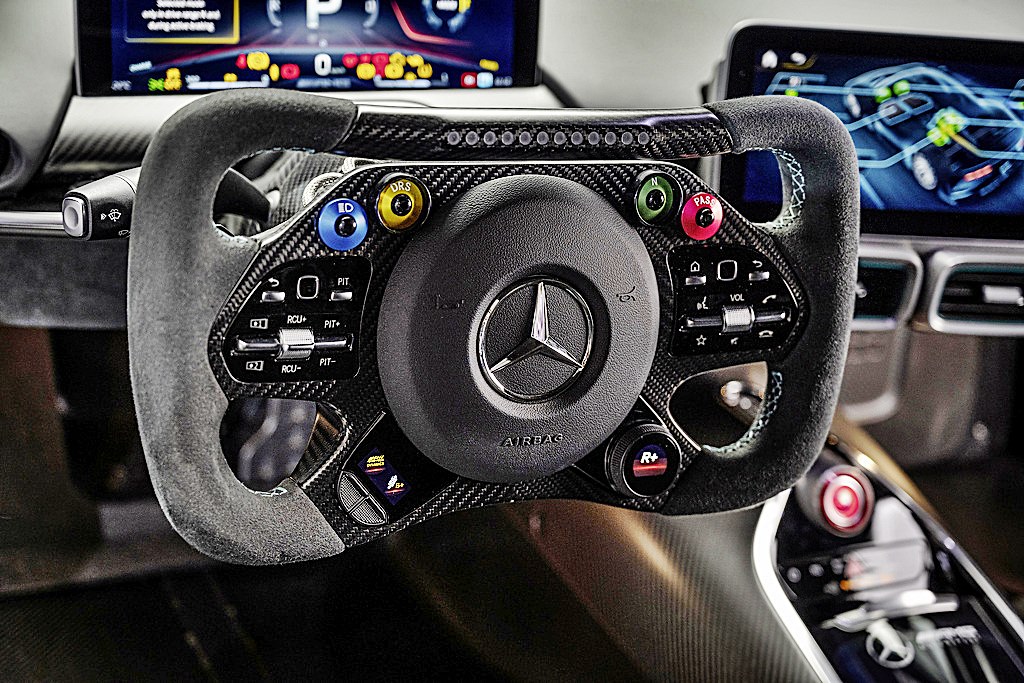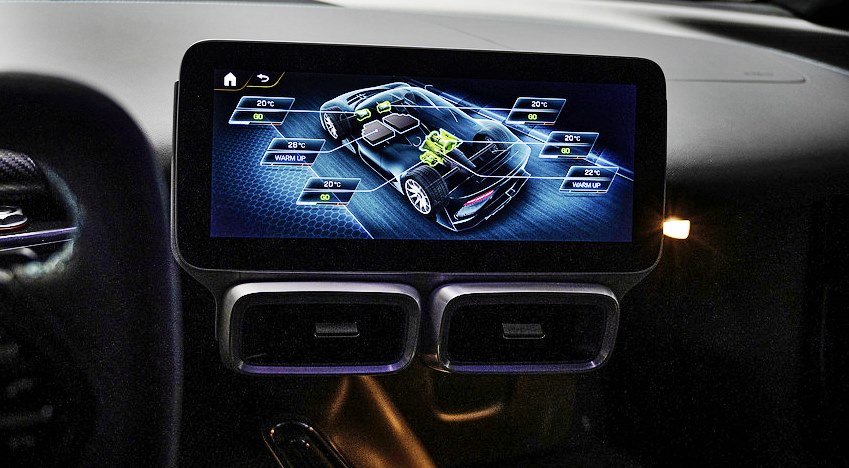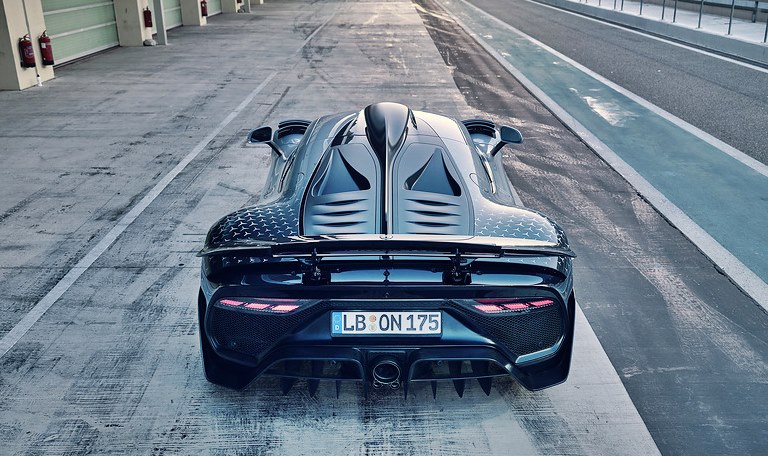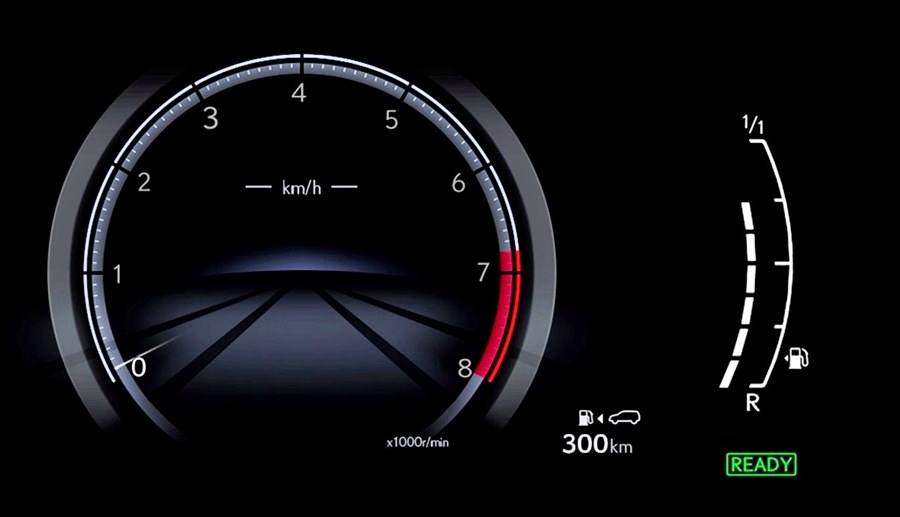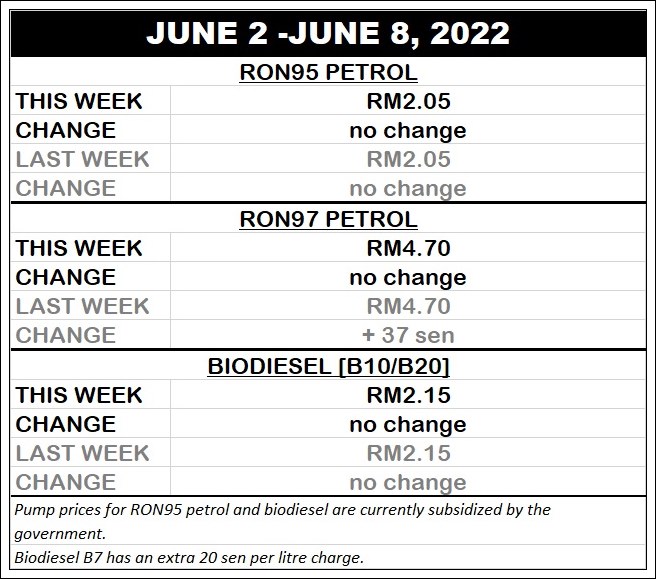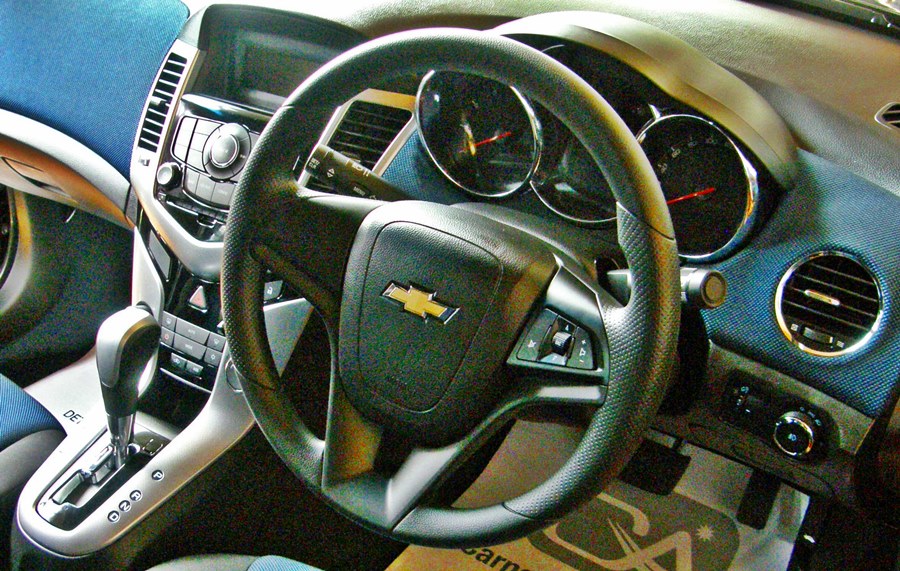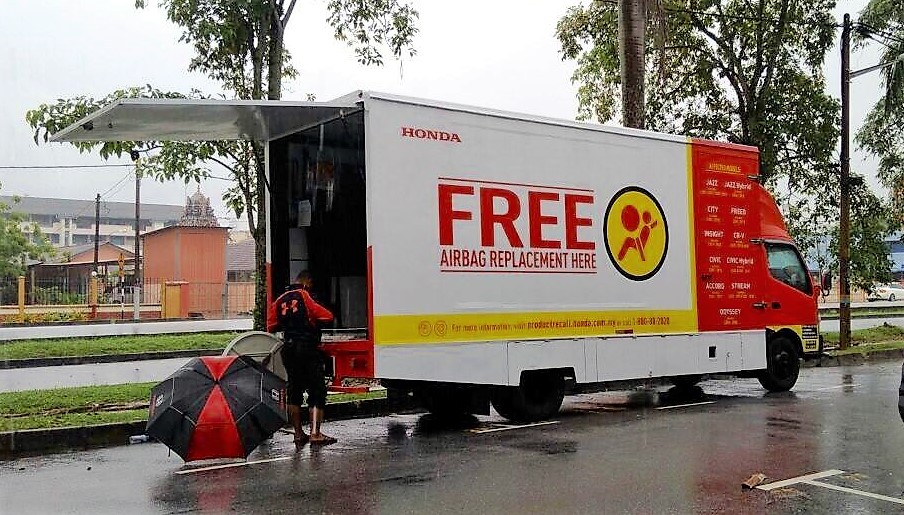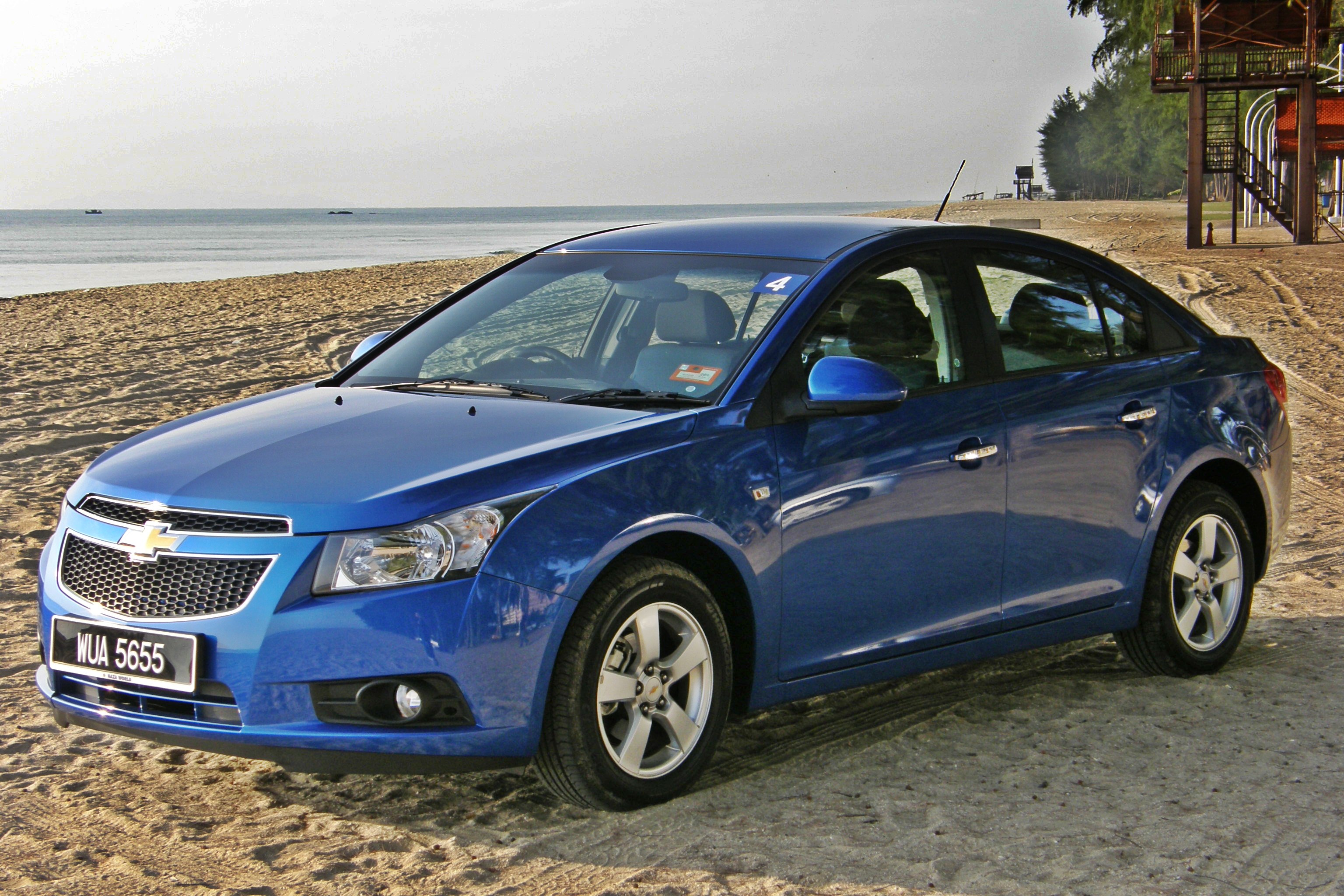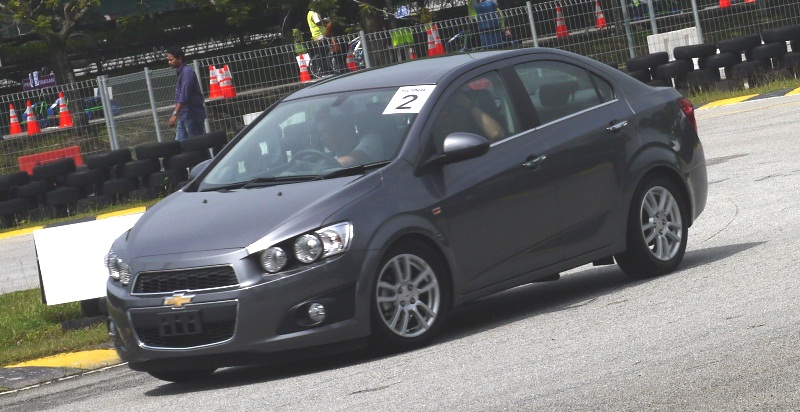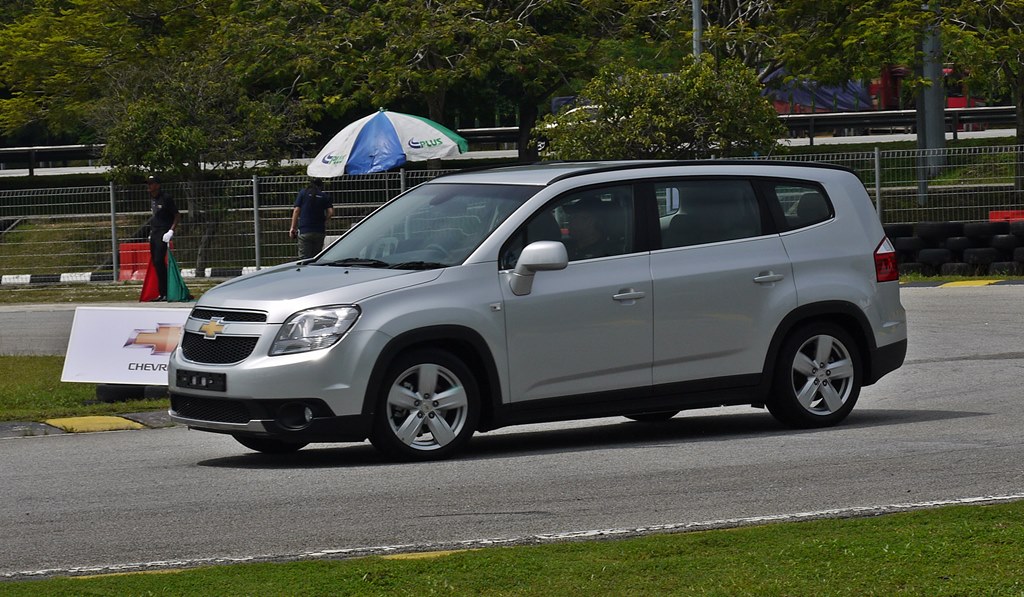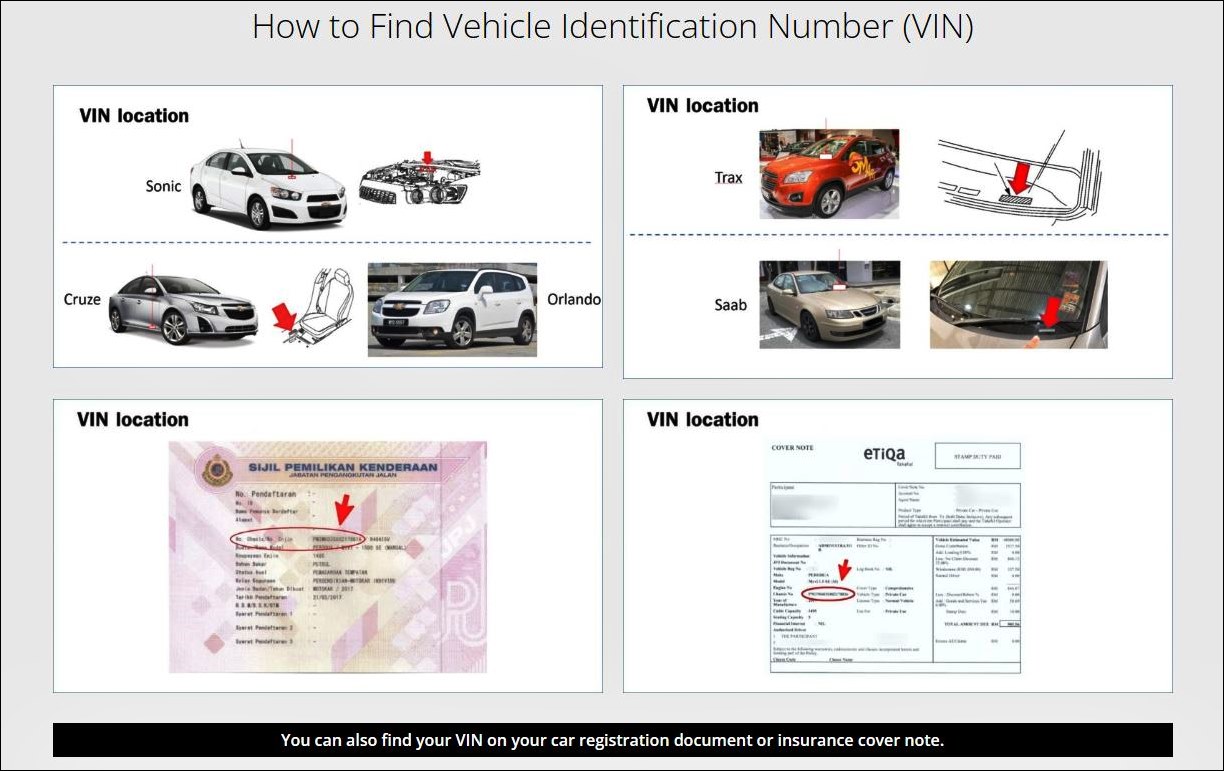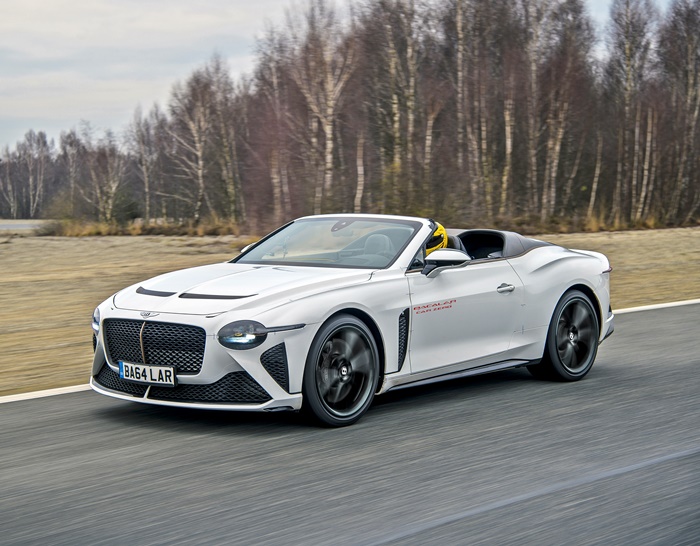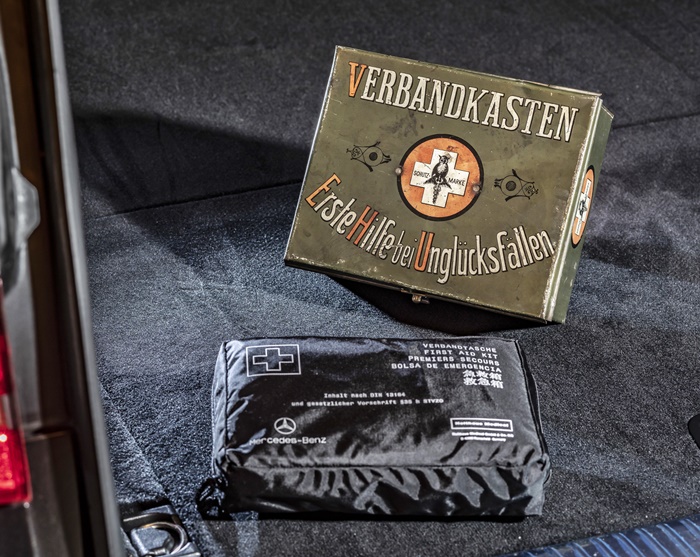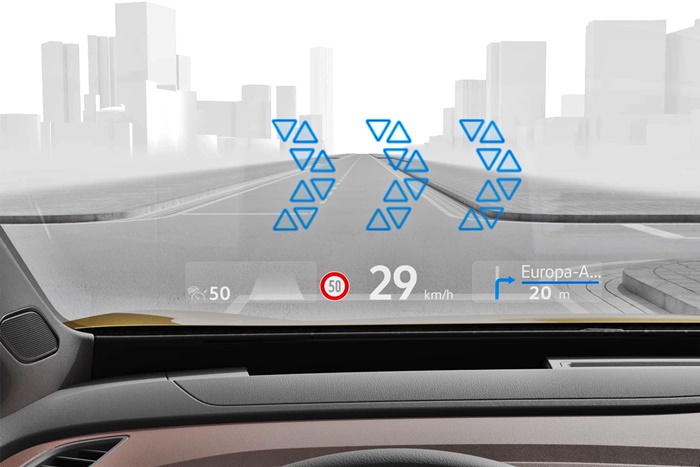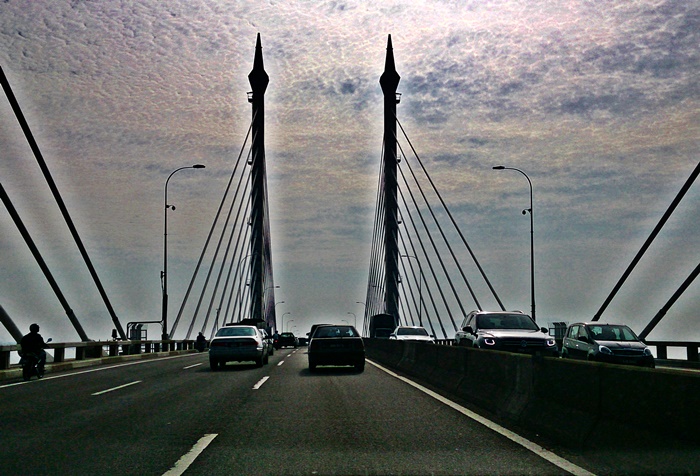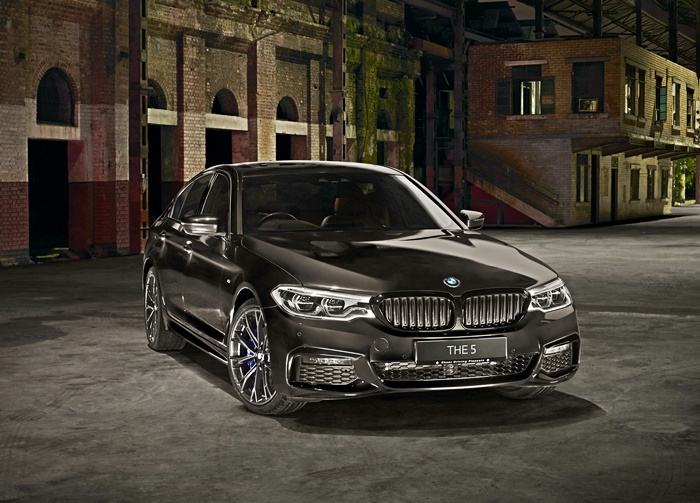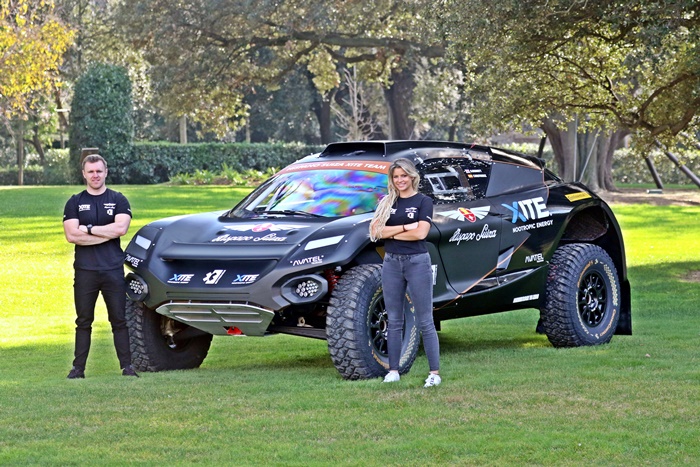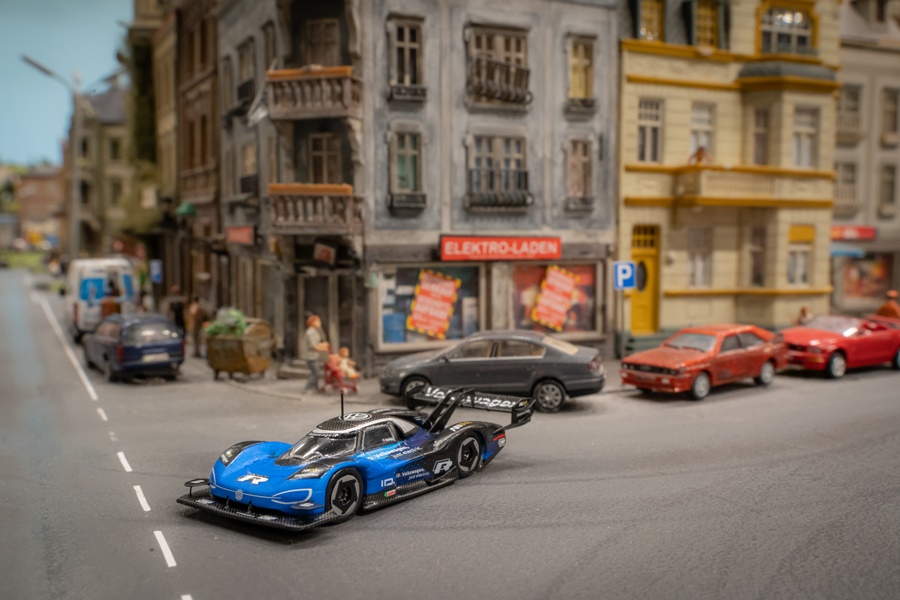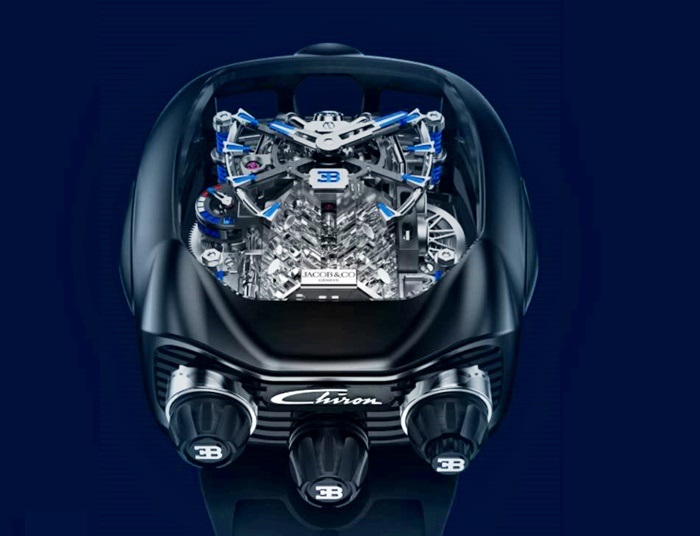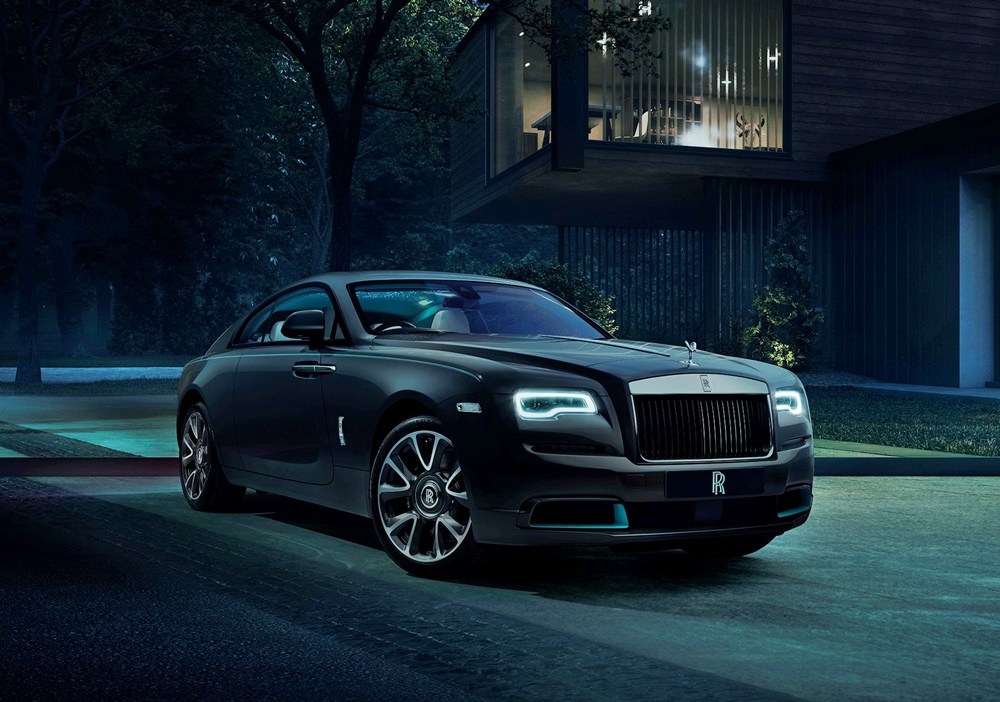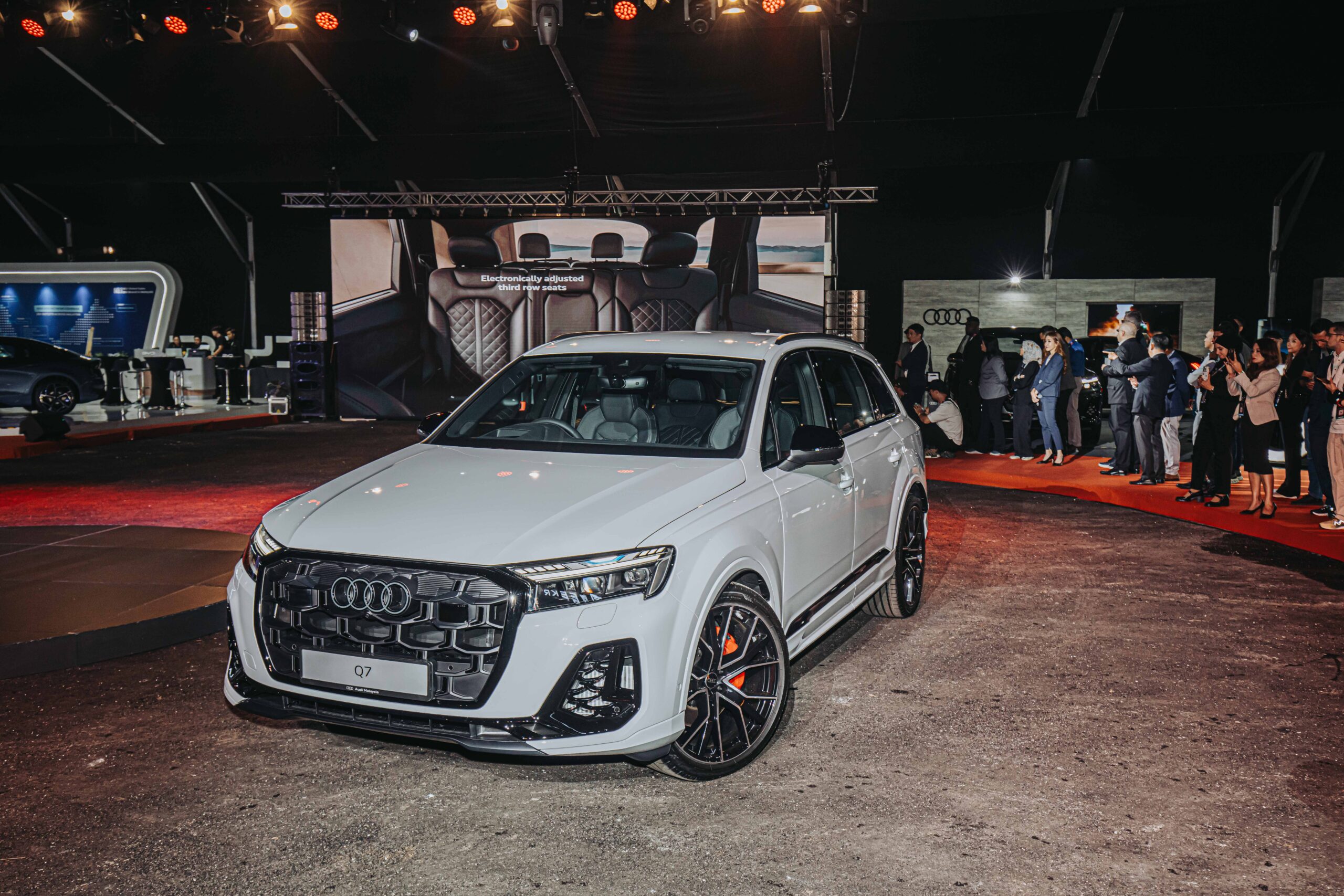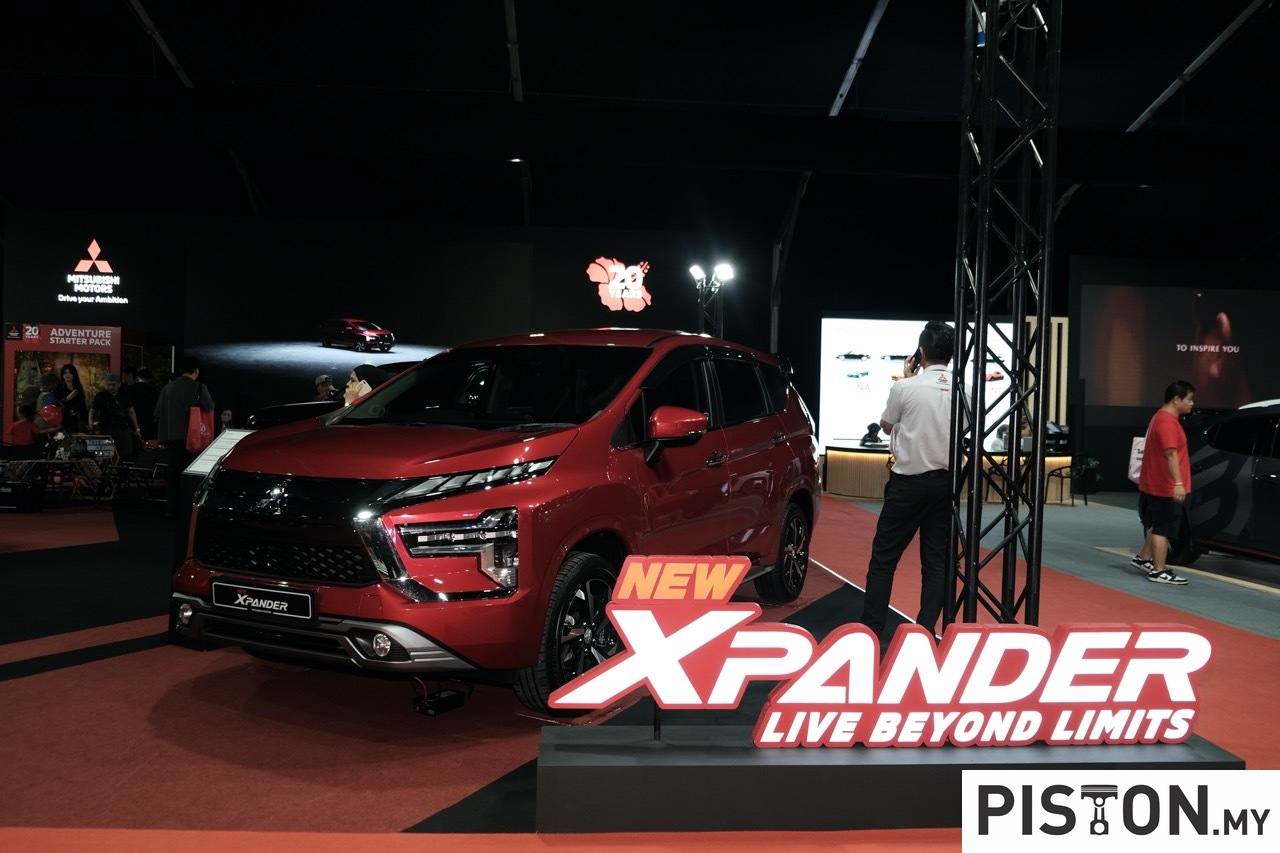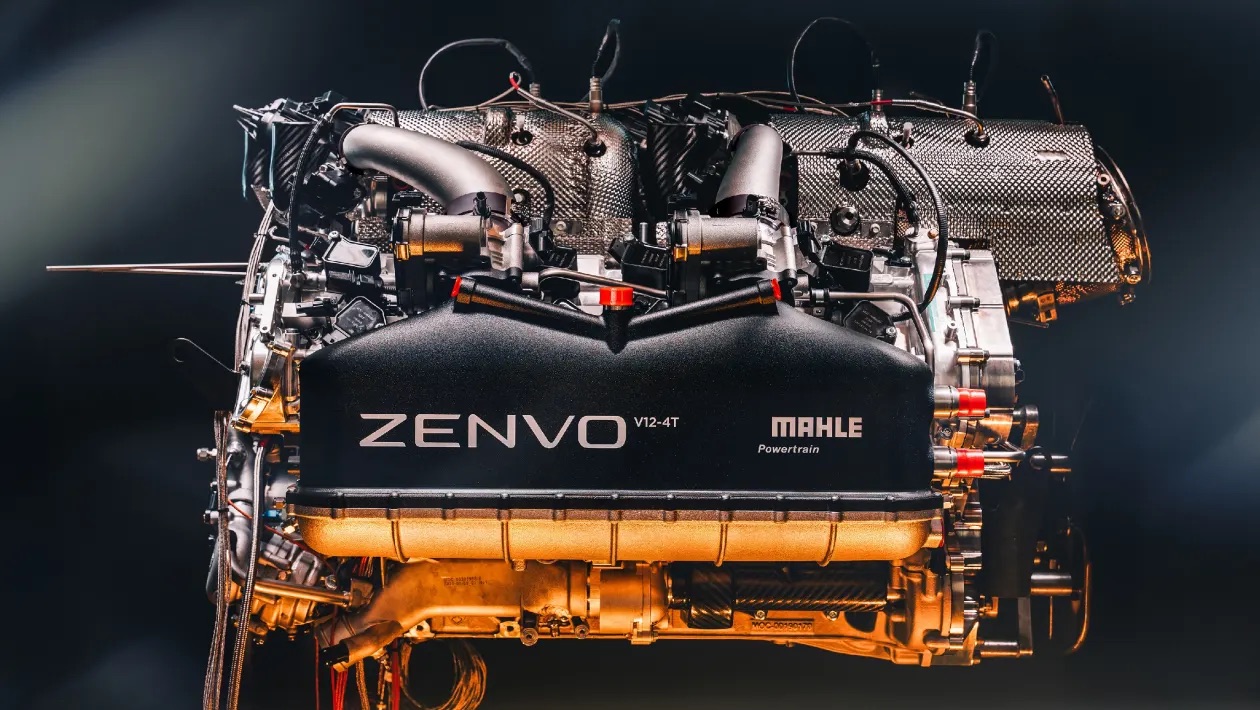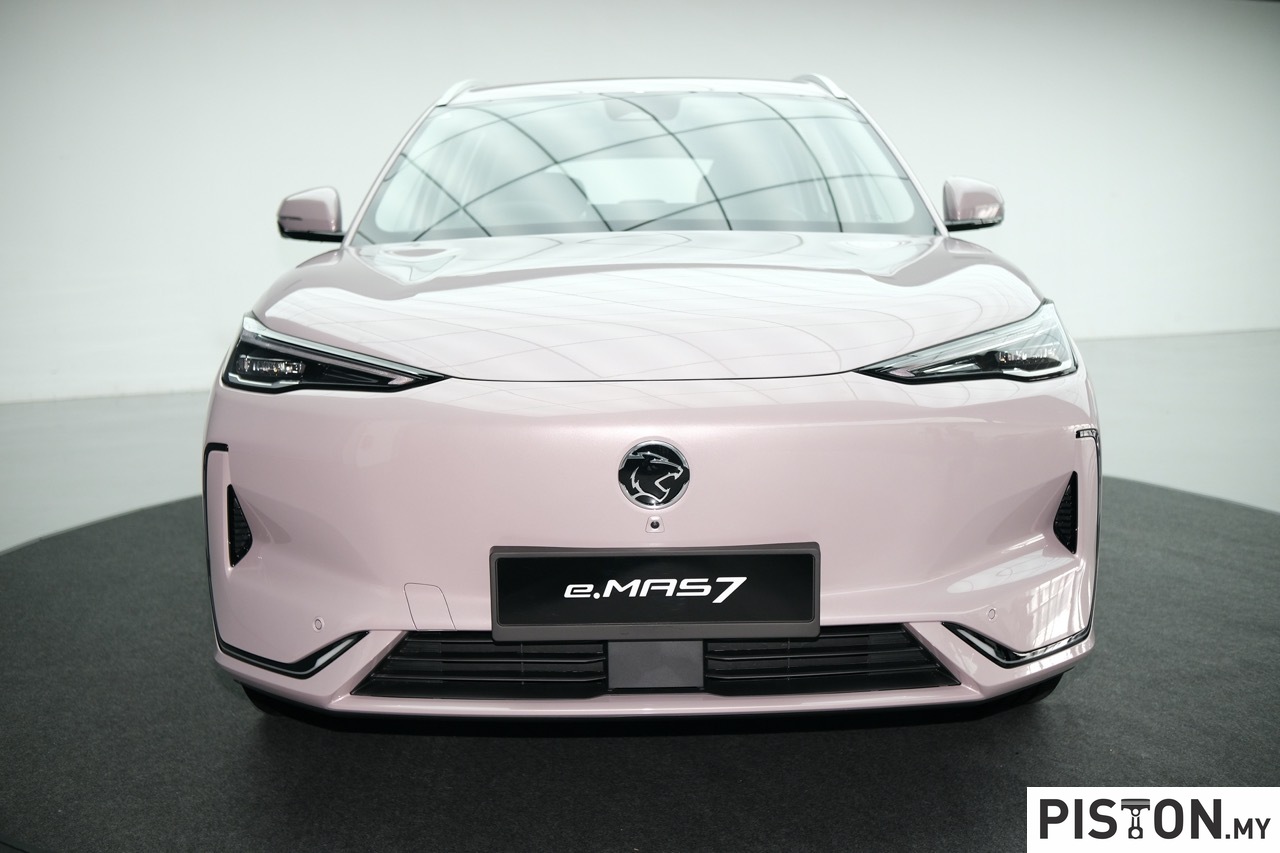Starting its third model generation since being introduced in 2009, the BMW X1 range includes a battery electric (BEV) variant for the first time – the iX1. Other electrified models of the range have plug-in hybrid powertrains and there are also petrol and diesel engine choices.
The new iX1 xDrive30 is the BMW Group’s first premium compact model based on a flexible vehicle architecture to feature an all-electric drive system. It has one electric motor at the front axle and another at the rear to power all four wheels and deliver xDrive performance. Total system output is 313 ps with up to 494 Nm of torque.
Interaction between the two motors is enhanced by a unique drive torque control which is interlinked with the DSC and the AWD-specific version of the near-actuator wheel slip limitation function.
5th generation BME eDrive technology
The fifth-generation BMW eDrive technology uses a 64.7 kWh high-voltage battery pack positioned flat within the vehicle’s underbody. The battery’s high energy density and the drive system’s efficiency achieve combined power consumption of 18.4 – 17.3kWh per 100 kms and can cover a driving range claimed to be up to 438 kms.
Combined Charging Unit
The Combined Charging Unit in the iX1 enables single and 3-phase AC charging up to 11 kW, optionally increased to 22 kW. This allows the battery to be fully recharged from empty in 6.5 hours as standard, or 3 hours 45 minutes as an option. DC recharging at up to 130 kW is claimed to raise the energy level from 10% to 80% in 29 minutes, or increase range by 120 kms in 10 minutes.
An optimised cooling strategy for DC charging improves the durability of the battery. Alternating phases of full and partial cooling power are used to prevent cell temperatures dropping too low during fast charging, shortening charging times and reducing ageing.
BMW IconicSounds Electric
As with other BMW BEV models, there’s BMW IconicSounds Electric which treats drivers to soundscapes developed as part of a collaboration between the BMW Group and 2-time Academy Award-winning film score composer, Hans Zimmer. The character of the sound alters according to the vehicle setting. A drive sound emitted externally at low speeds helps to protect pedestrians by making them aware that the car is approaching.
Larger dimensions
The surface treatment, lines and exterior design details of the iX1 display its Sports Activity Vehicle (SAV) identity more clearly than before. Distinctive design features include the stretched silhouette, almost square wheel arch contours and the signature BMW X model styling of the front and rear ends. When viewed from the rear, the slim tailgate window, horizontal lines, striking LED lights and flared wheel arches produce the typical SAV look.
At the centre of the new front end design stands the large, almost square BMW kidney grille, its contouring highlighted by the three-dimensional chrome surround. The grille bars are finished in Black high-gloss as standard. In the outer areas of the lower air intake, large chrome strips accentuate the classy design of the front end.
The X1 bodyshell is larger than its predecessor – by 53 mm in length to 4500mm, 24 mm in width to 1845 mm and 44 mm in height to 1642mm. The wheelbase of 2692 mm is 22 mm longer than before, while track widths have increased by 31 mm at the front and rear.
More space, optimised comfort
With the enlarged body, there are more generous amounts of space. Key features include the slender instrument panel, a stage for the BMW Curved Display, and a ‘floating’ armrest with integral controls. The raised seating position also provides the commanding view which is one of the reasons why many people like SAVs. The newly developed seats offer optimised comfort over long distances and extended functionality, with their prominent bolsters and adjustability of seat angle and depth.
The BMW Curved Display is framed by solid-looking trim pieces which extend out to the doors. Four interior trim variants, including the new open-pore fine eucalyptus wood and Aluminium Hexacube for the M Sport model, allow owners to individualise the design.
With a glass surface measuring around one square metre, the panoramic glass sunroof floods the interior of the iX1 with light and can also allow fresh air in. The roller blind cover for the glass roof now has a multi-layer design and is also electrically operated.
The fore-and-aft adjustment of the rear seat bench and triple-split backrest provides variability in the cabin configuration. The rear seat can be moved forward up to 13 cm, allowing boot capacity to expand from 540 litres to 1,600 litres.
Malaysians understand merits of EVs but misconceptions remain, BMW survey finds





